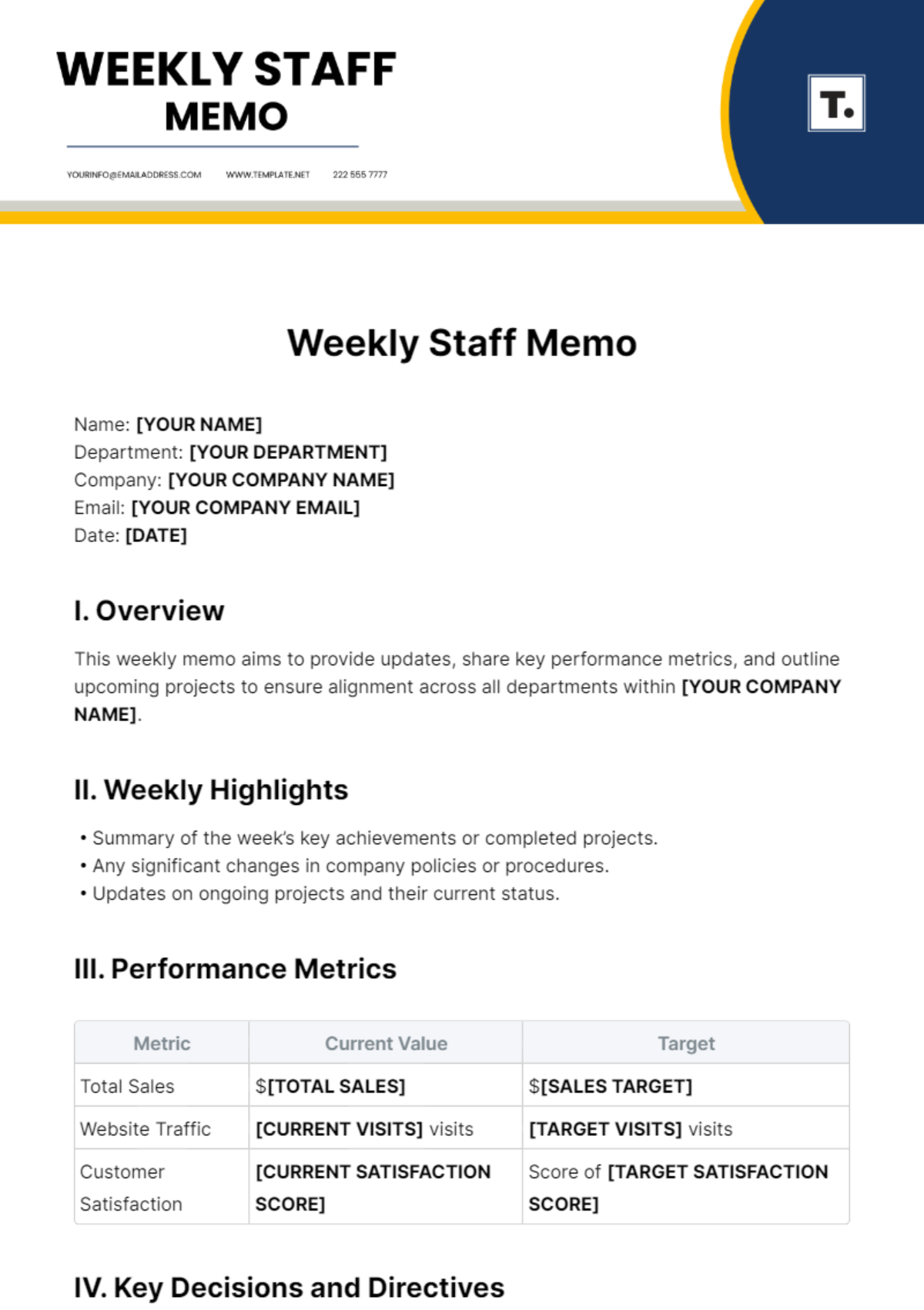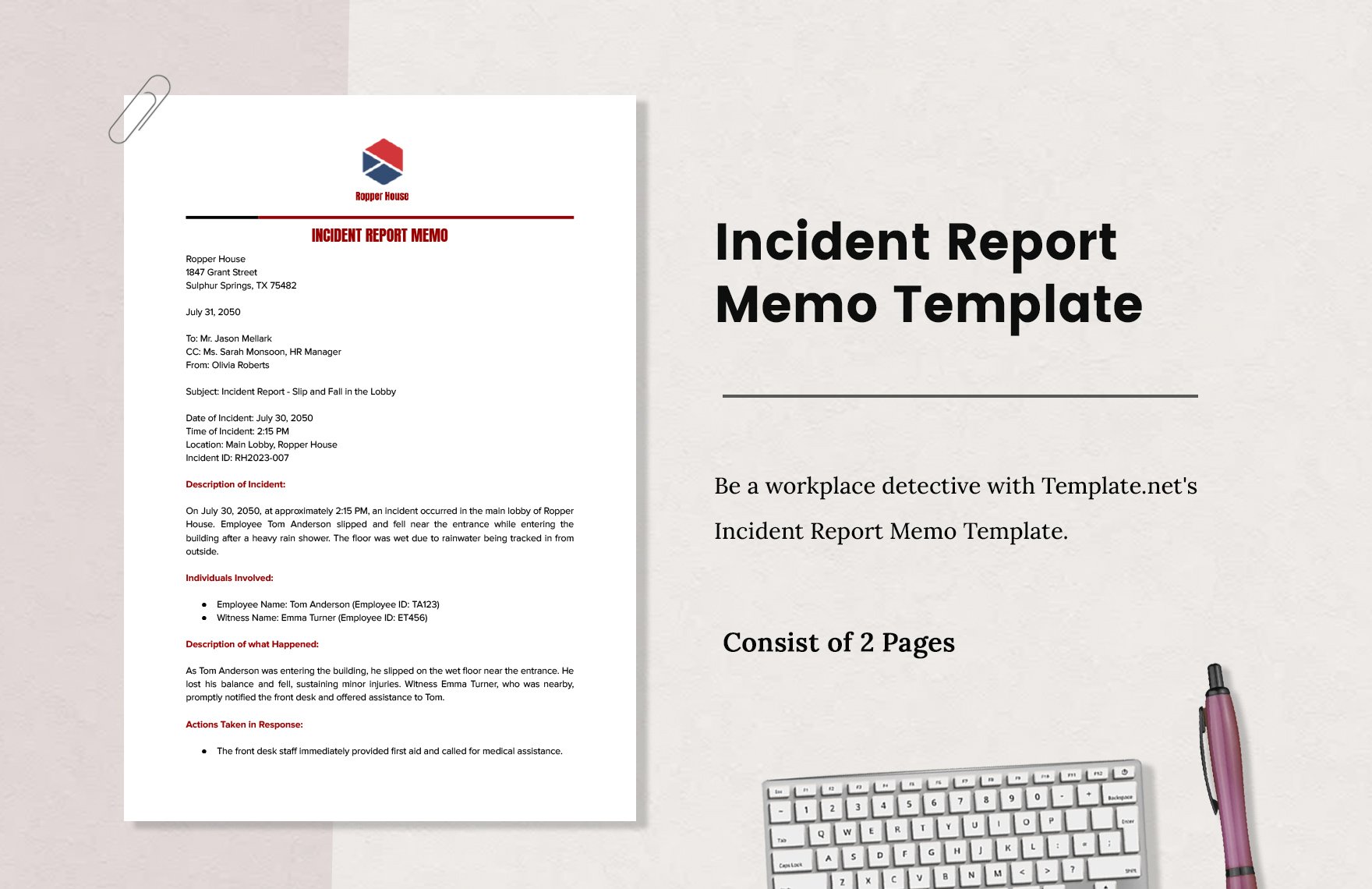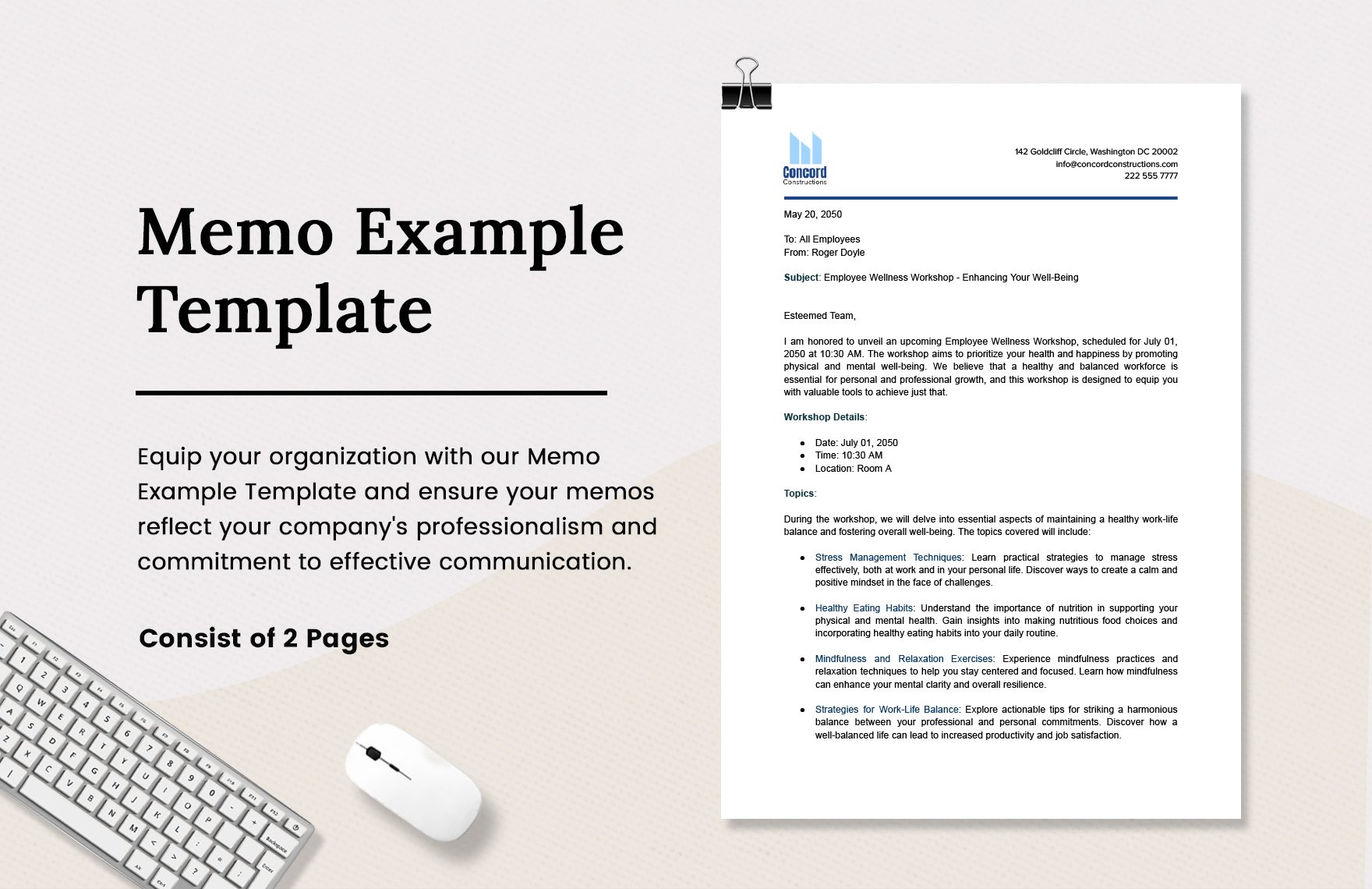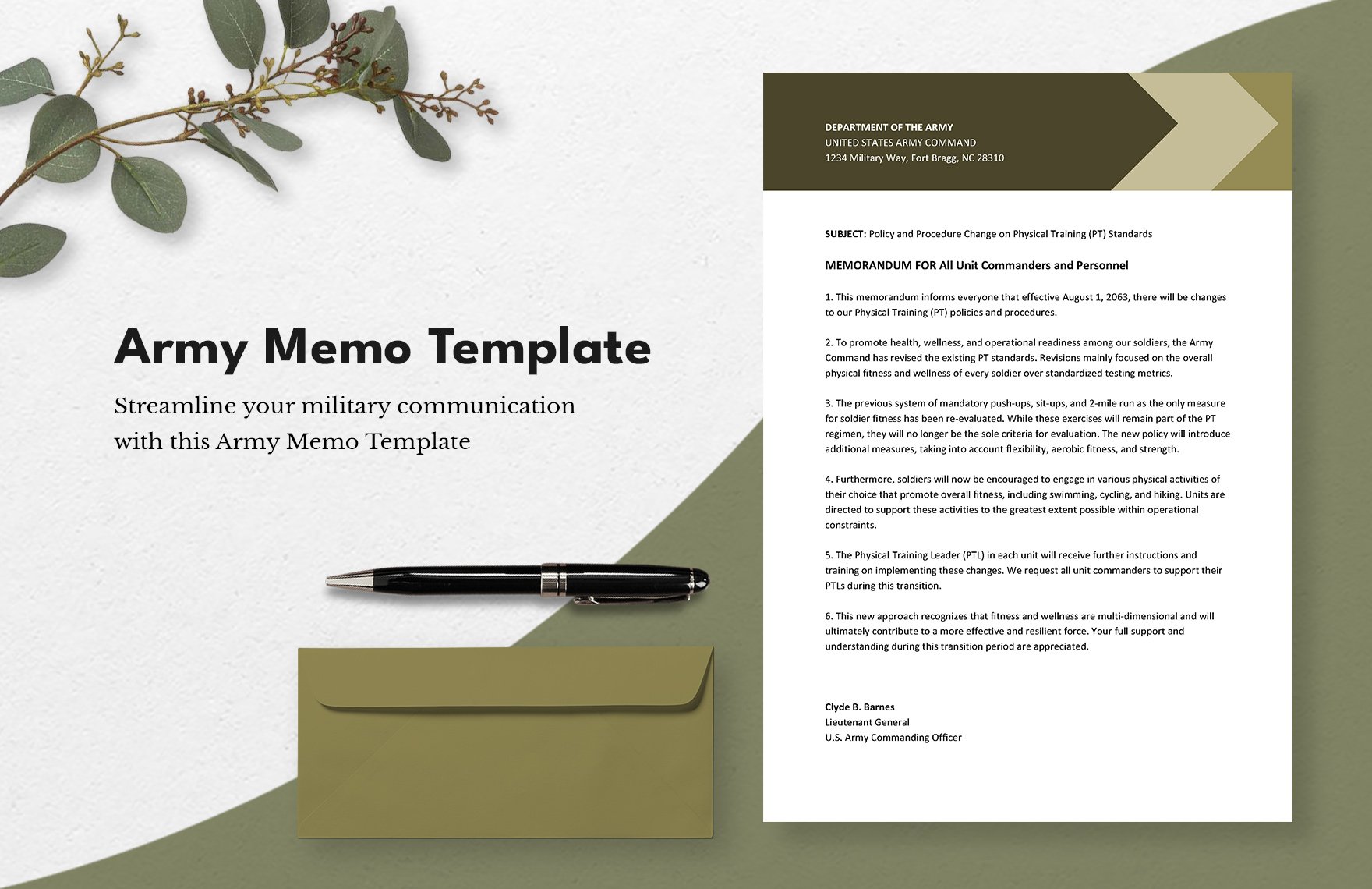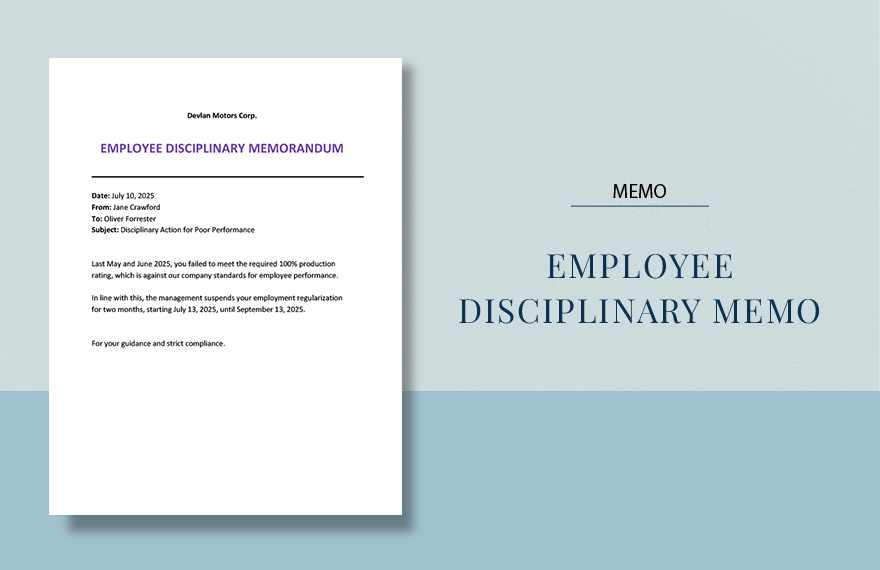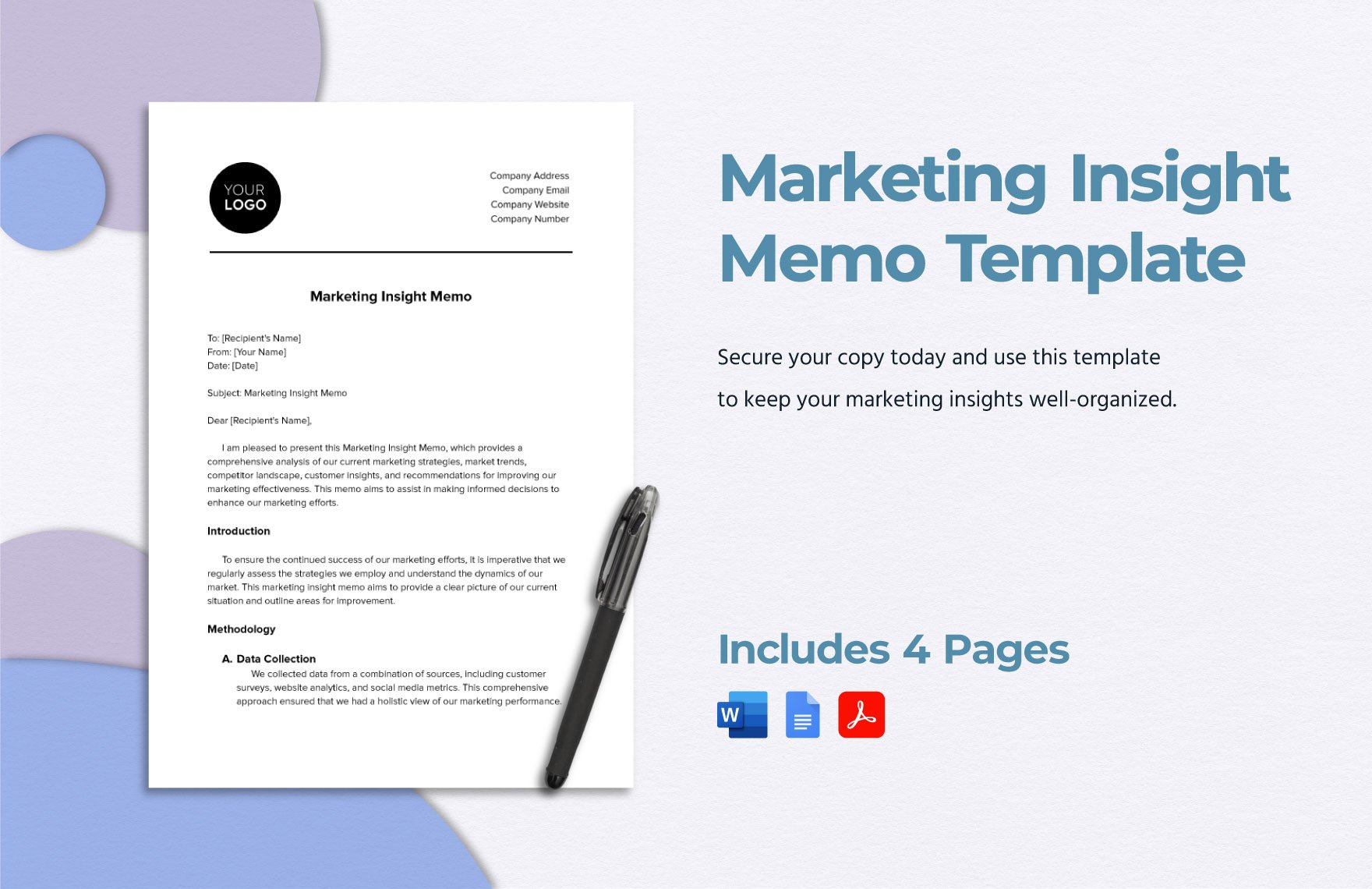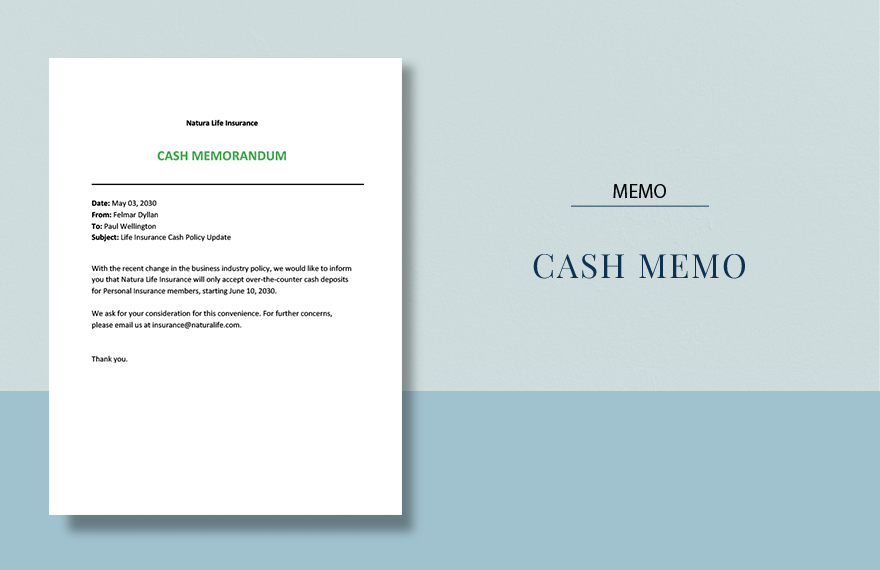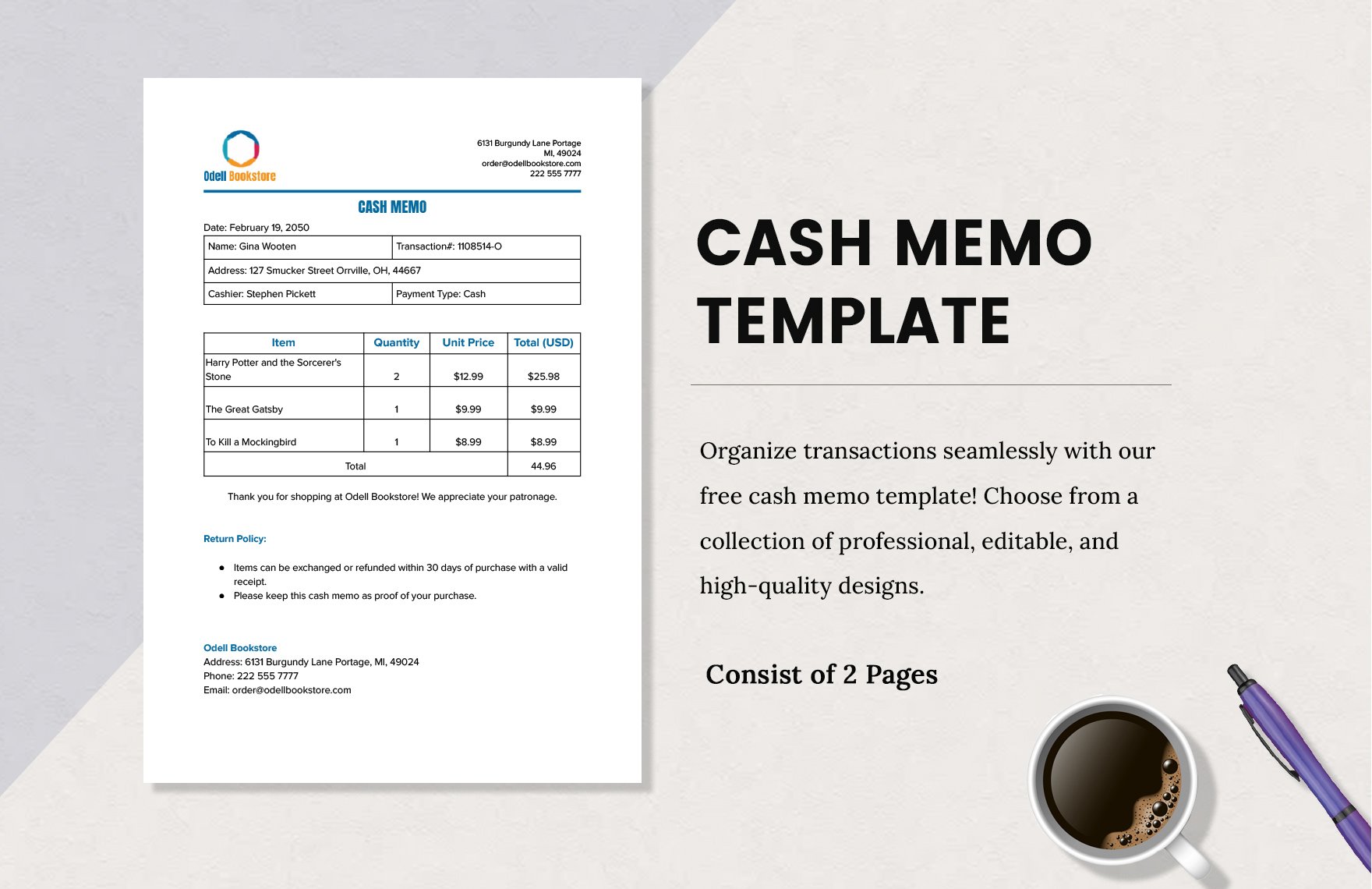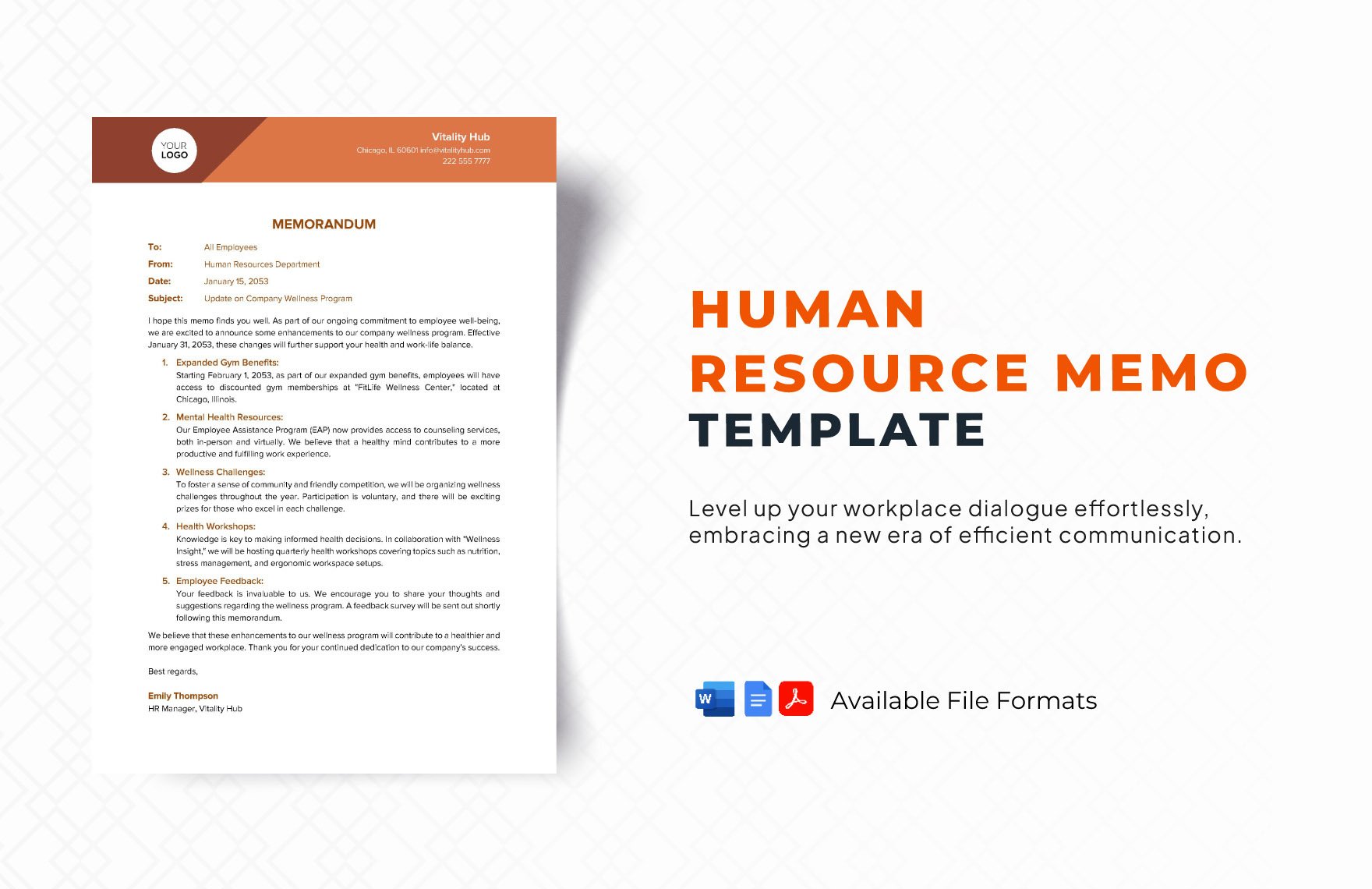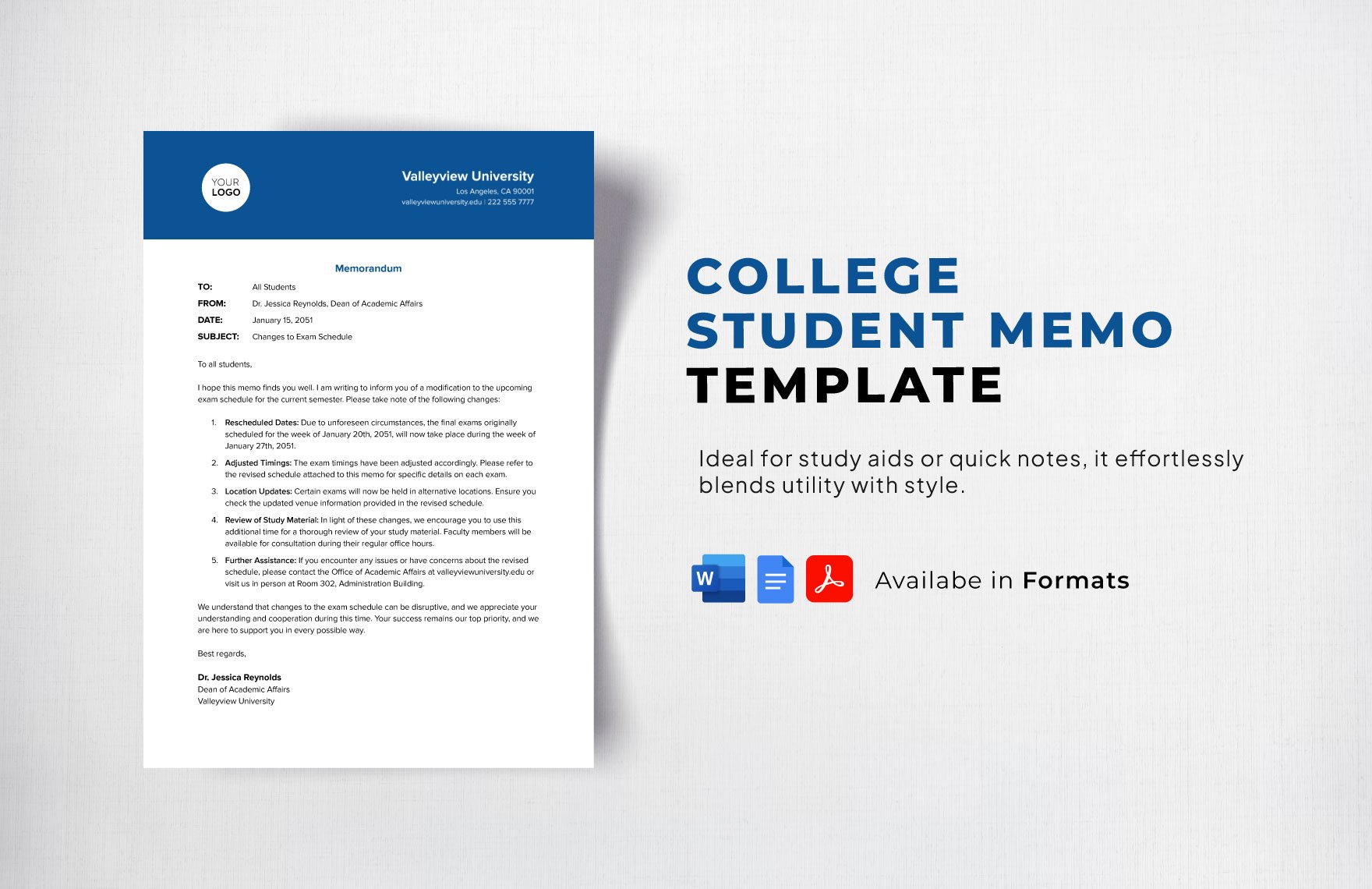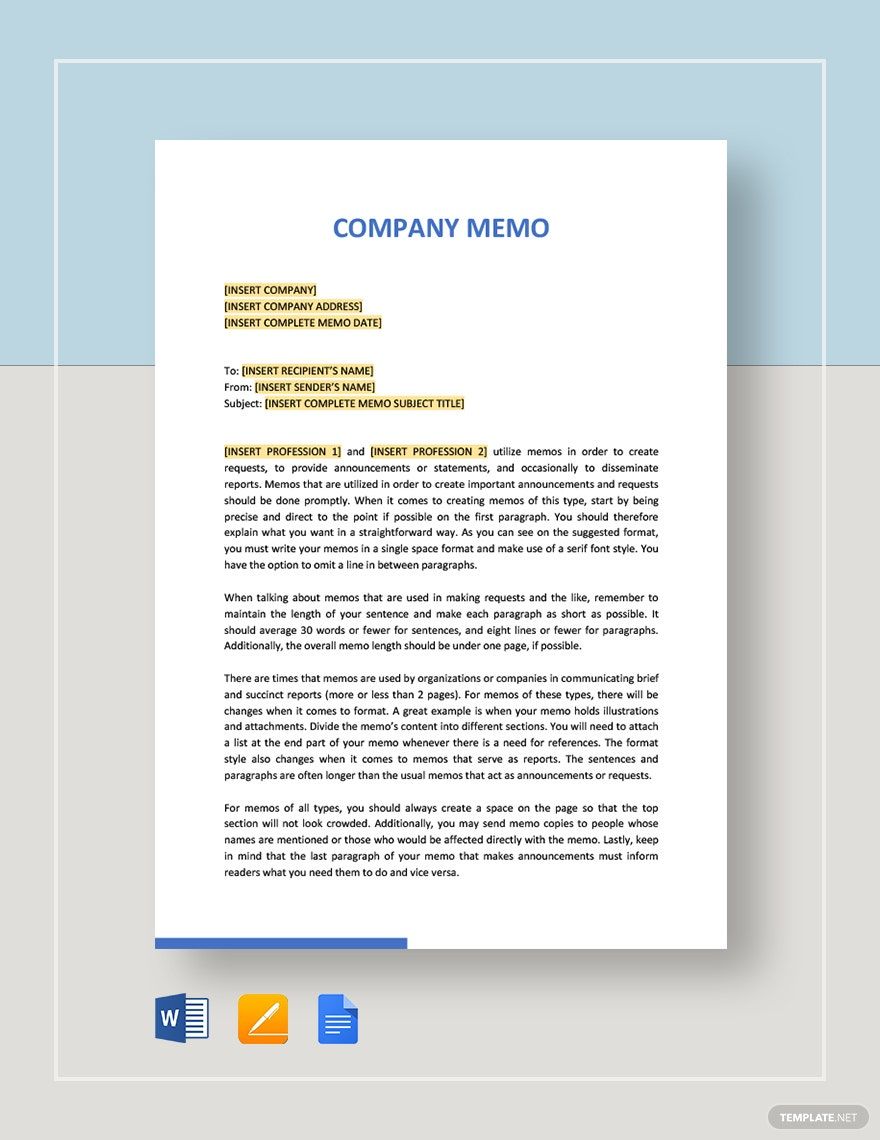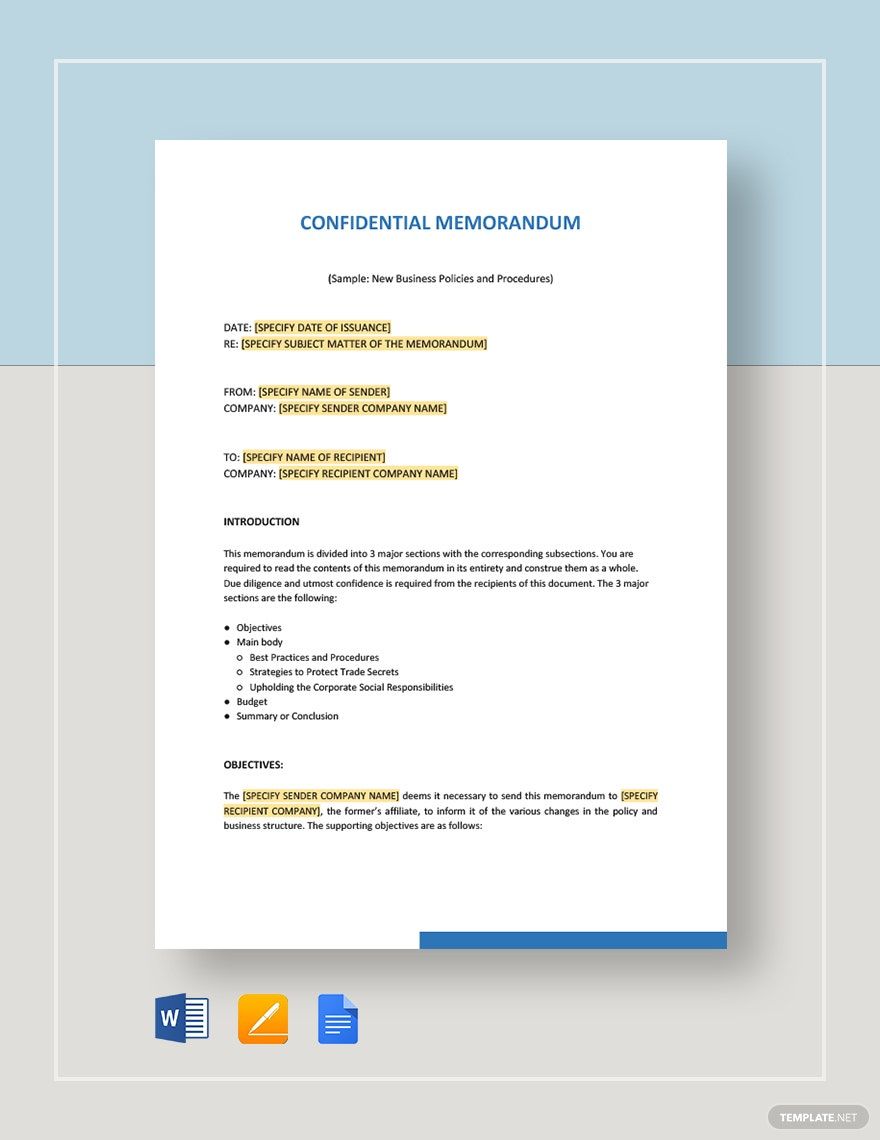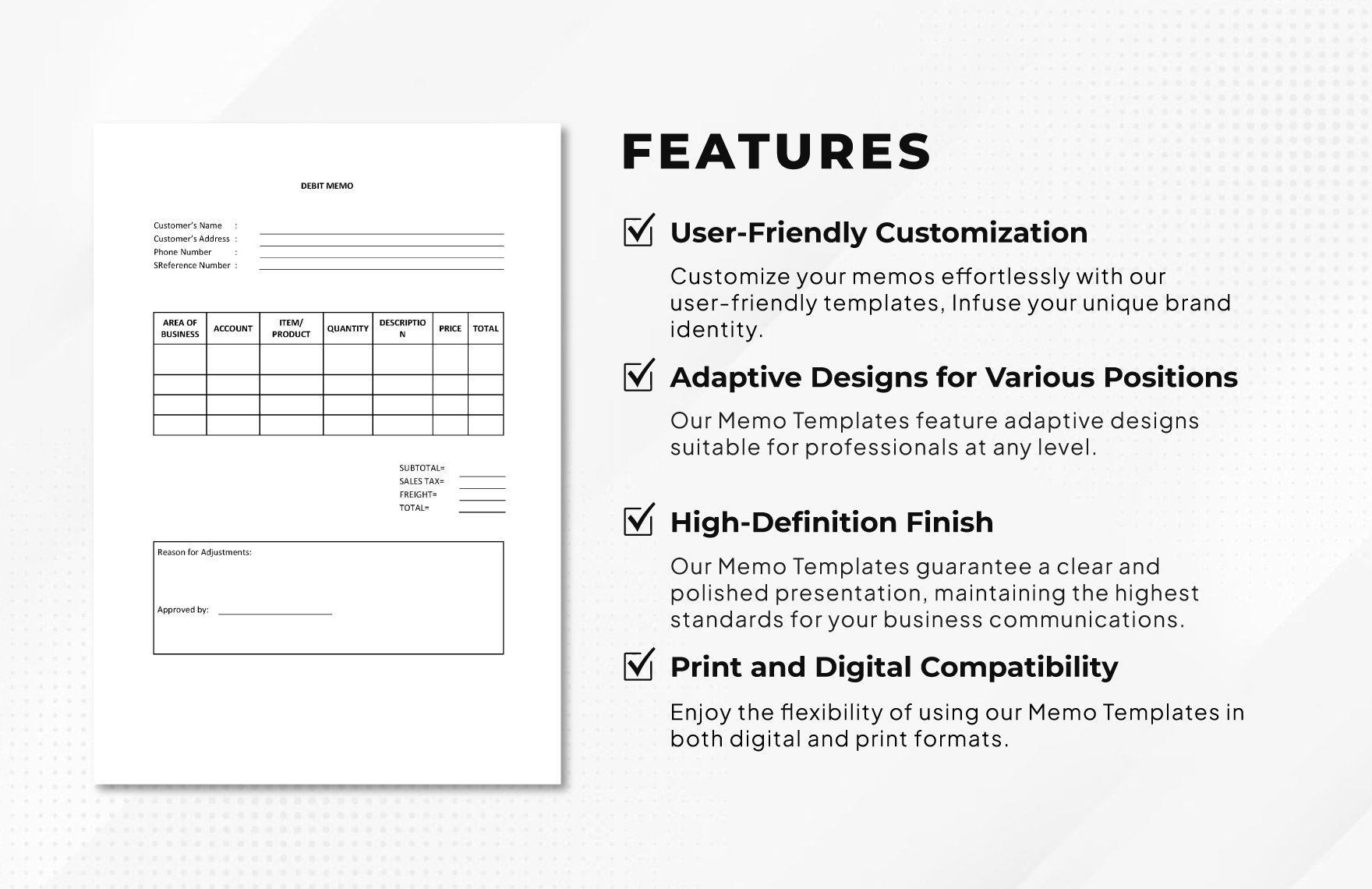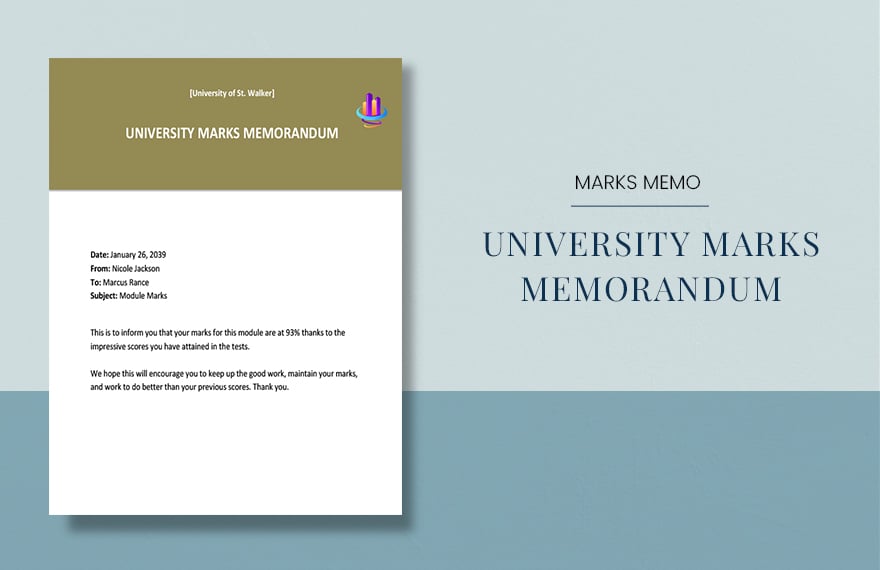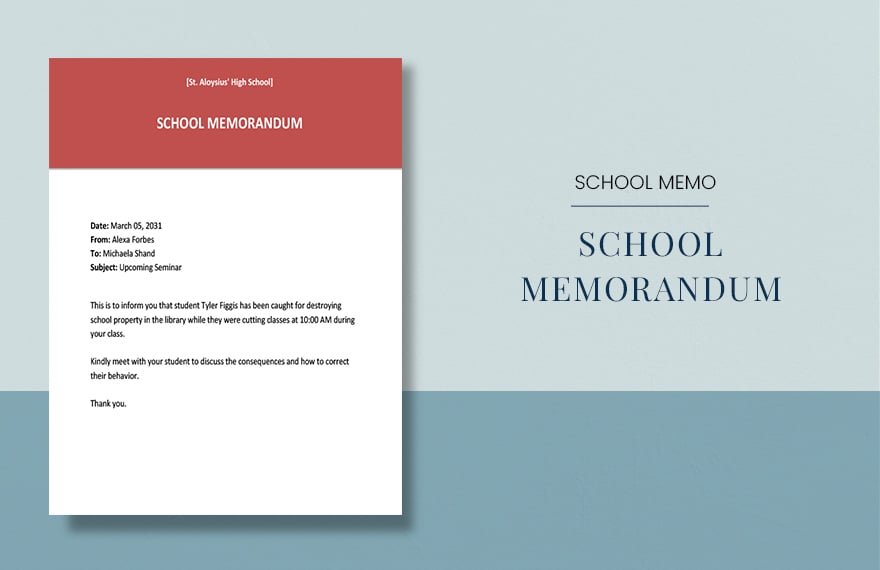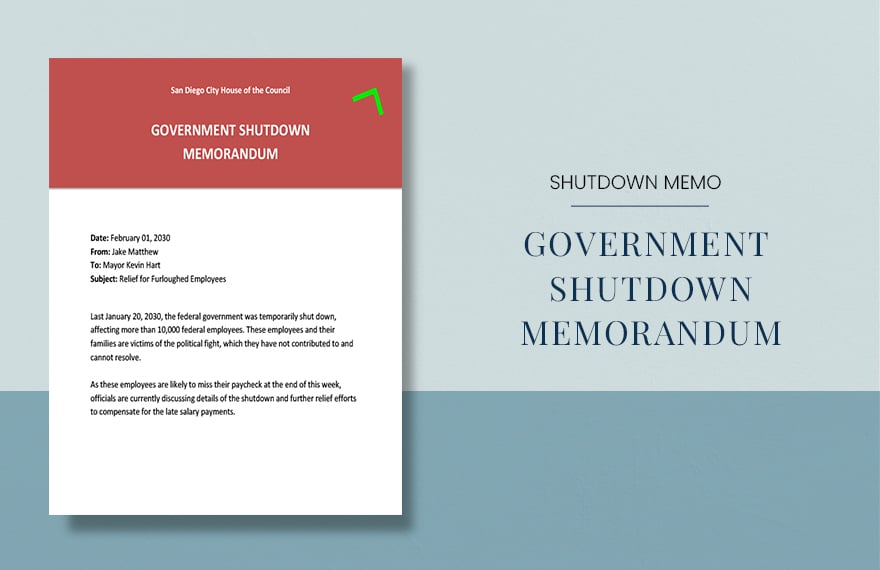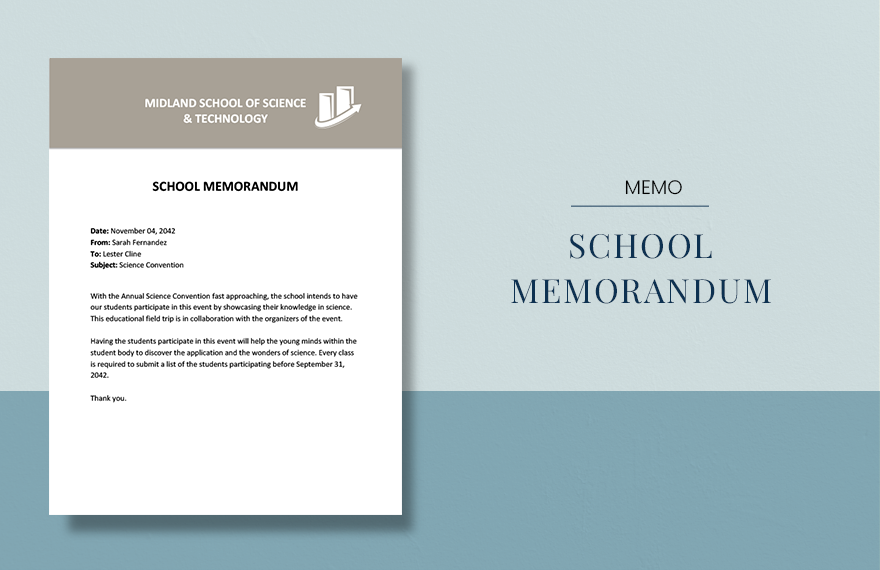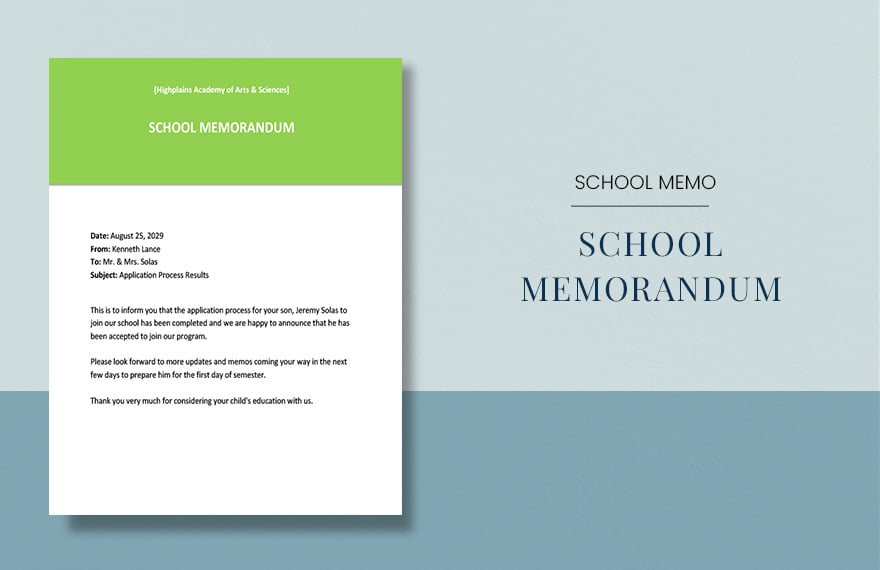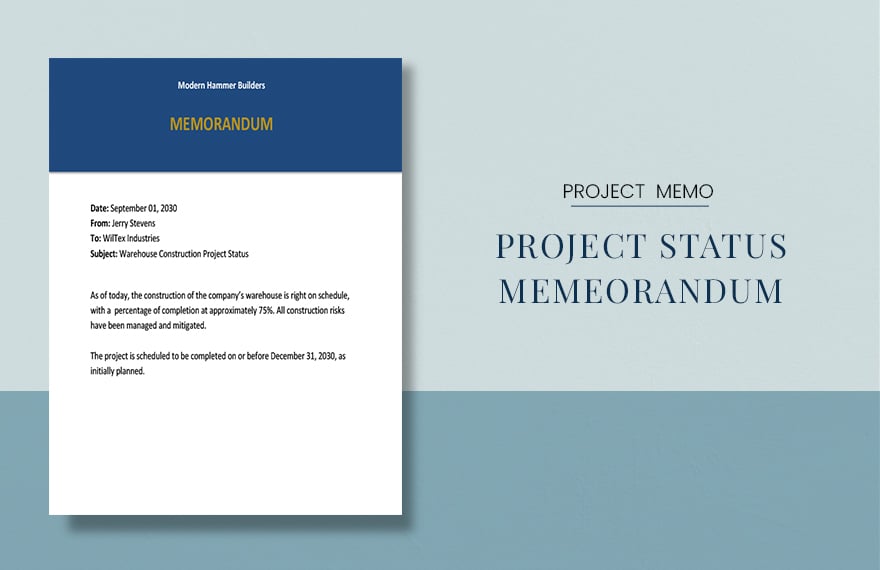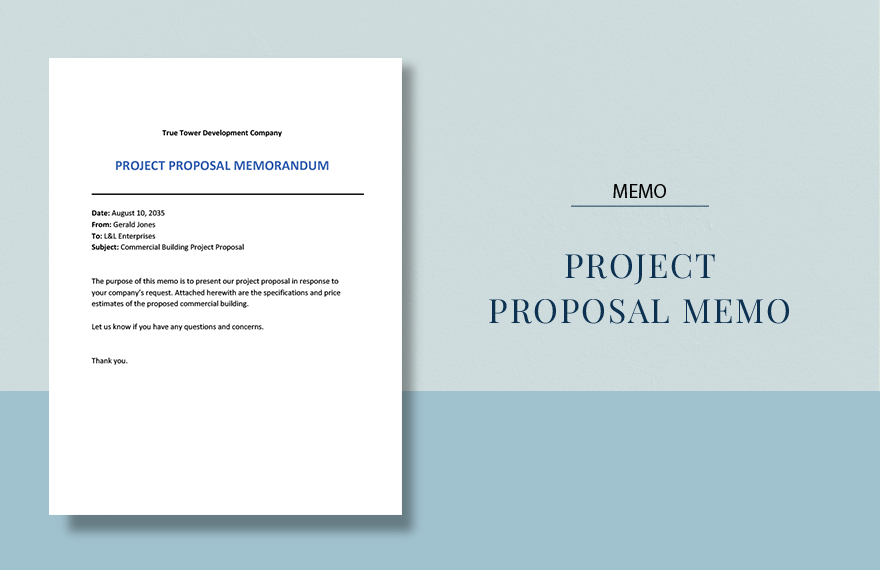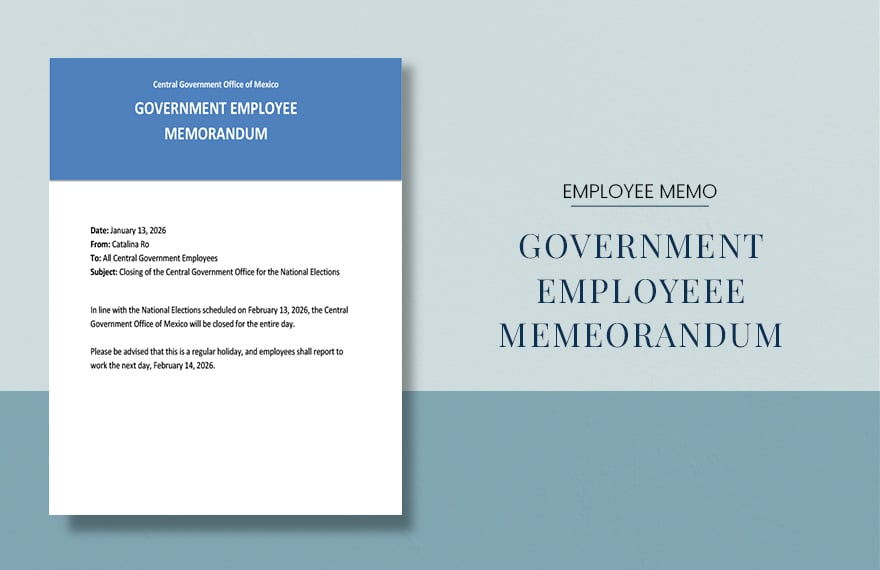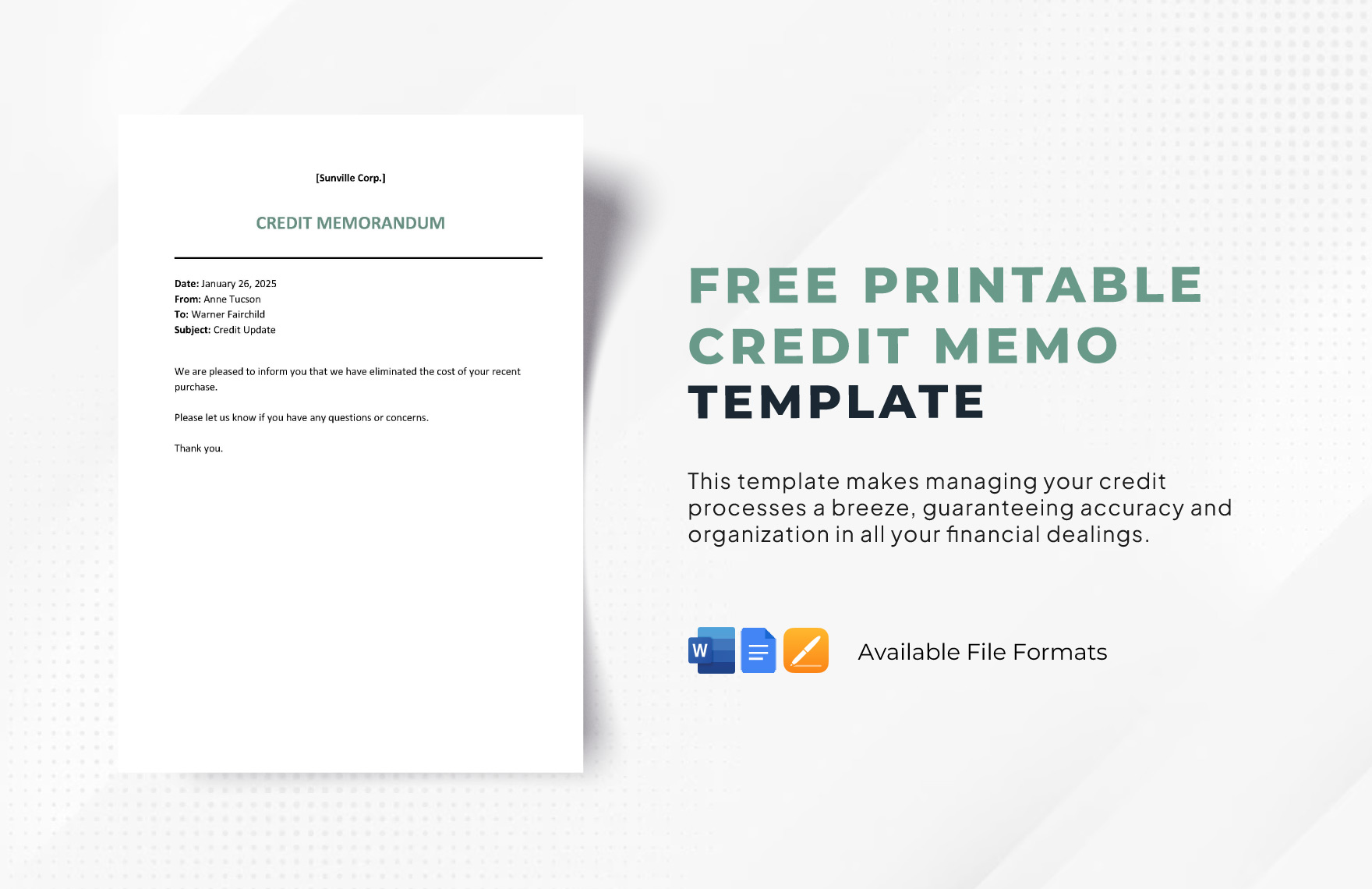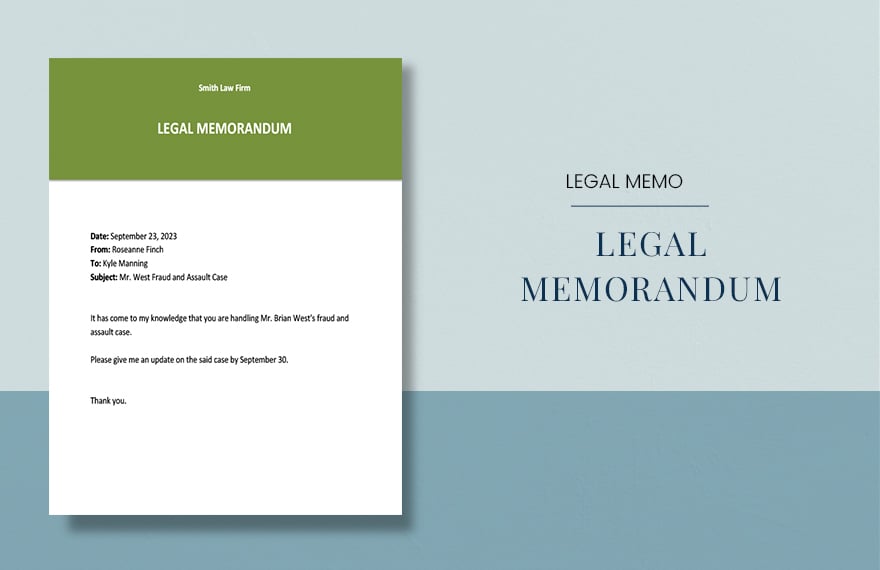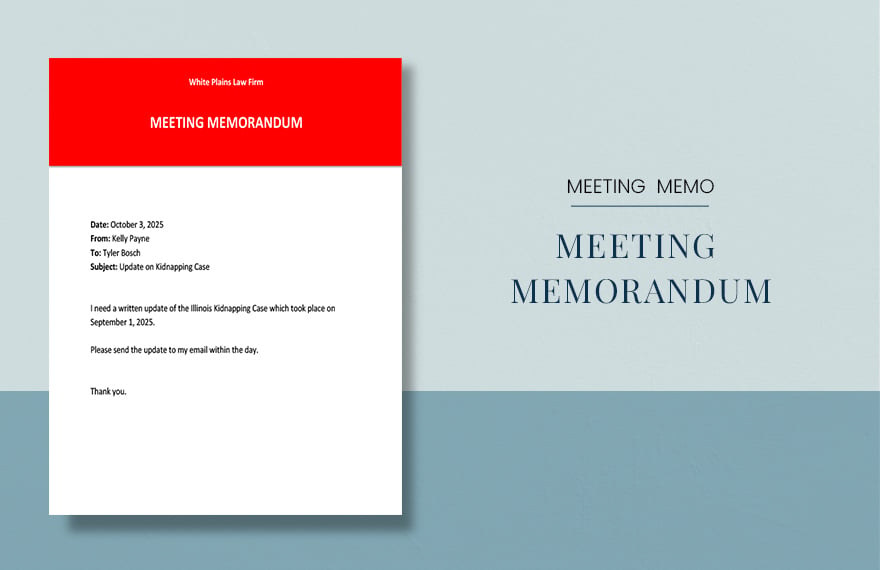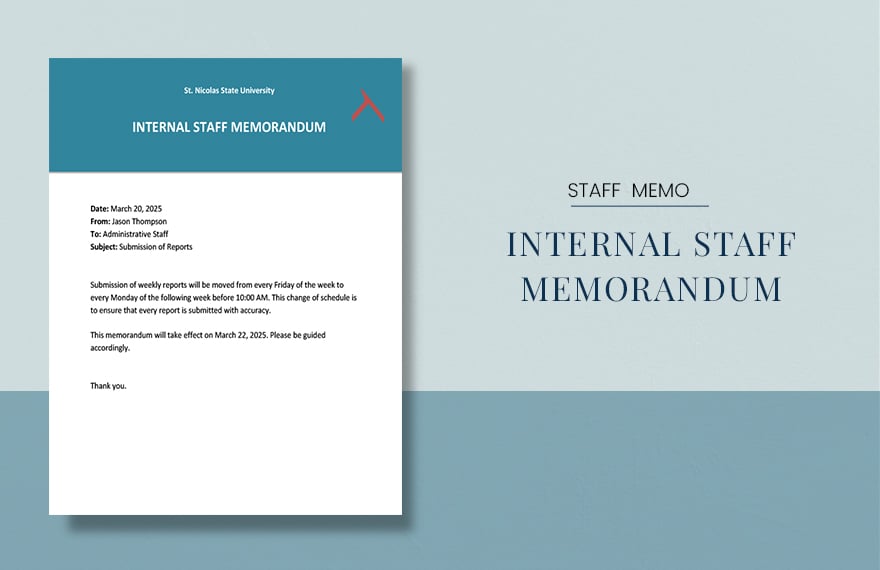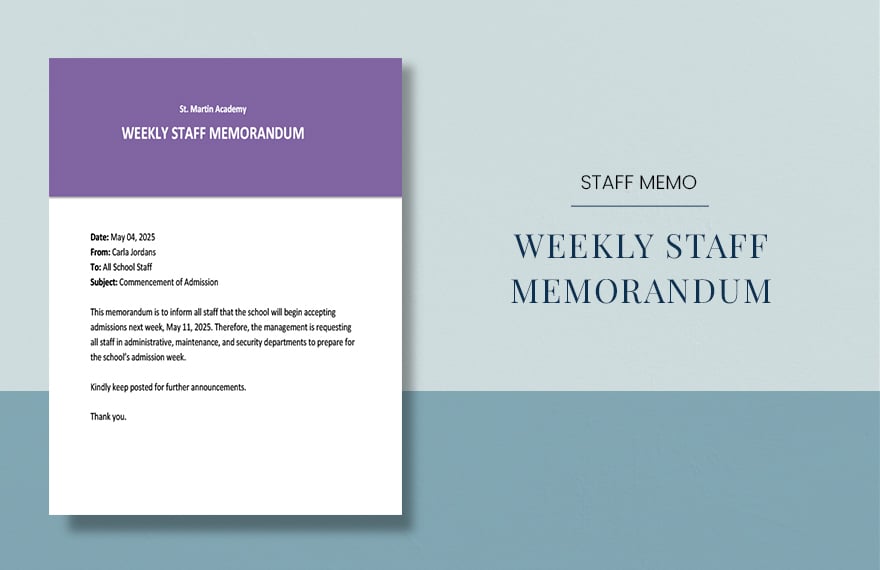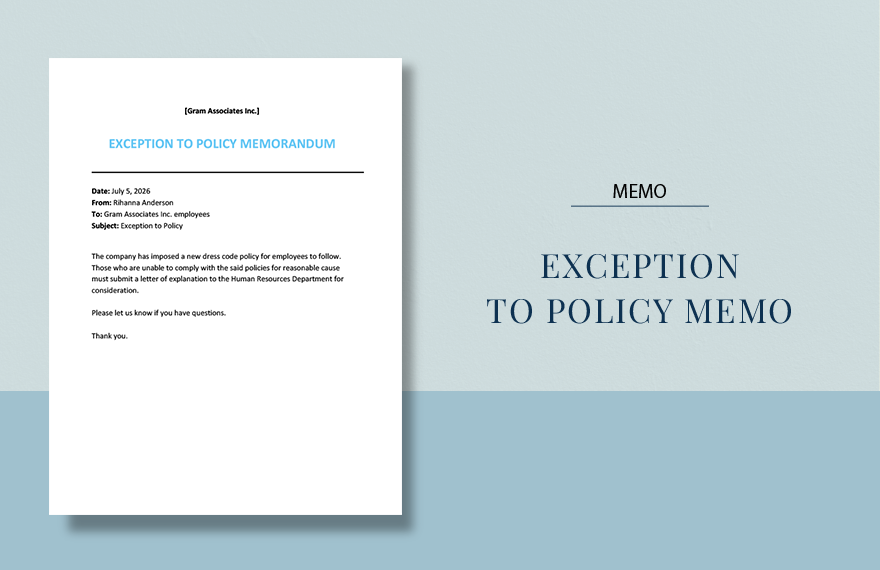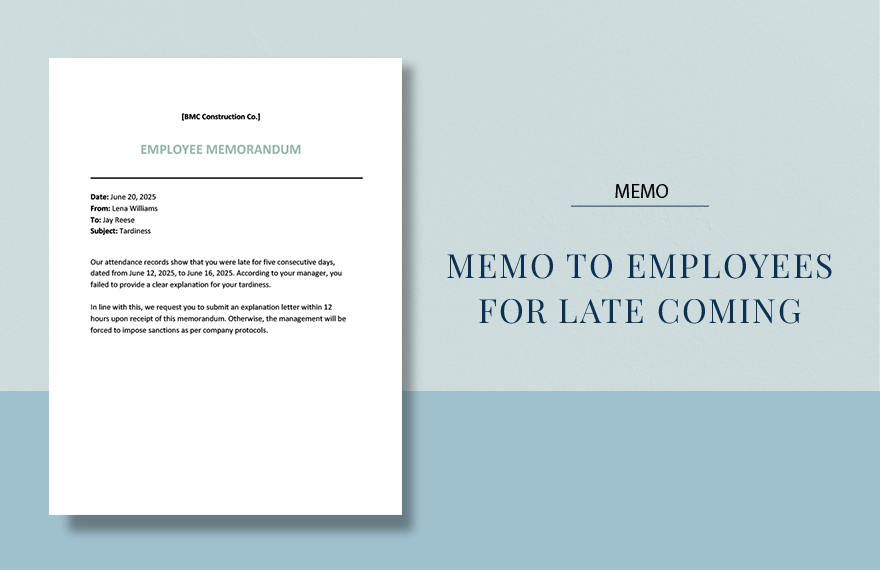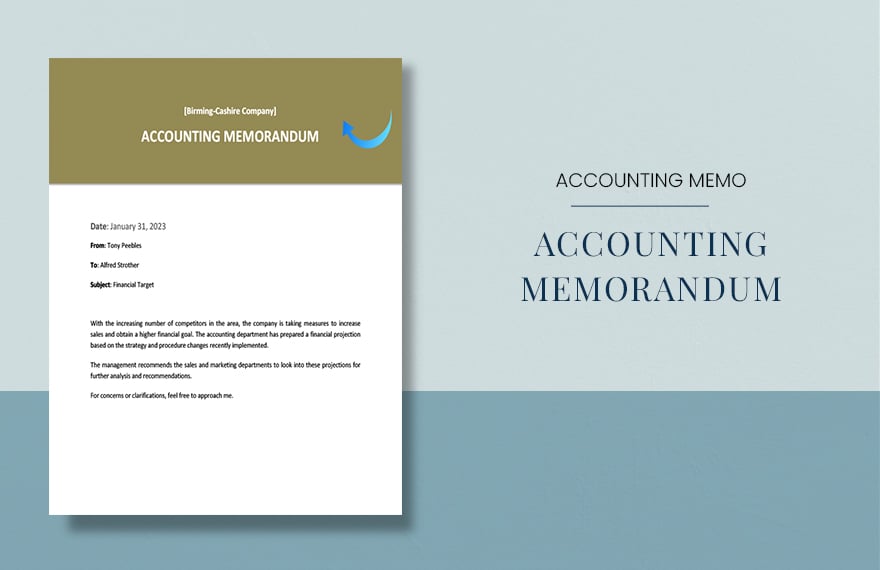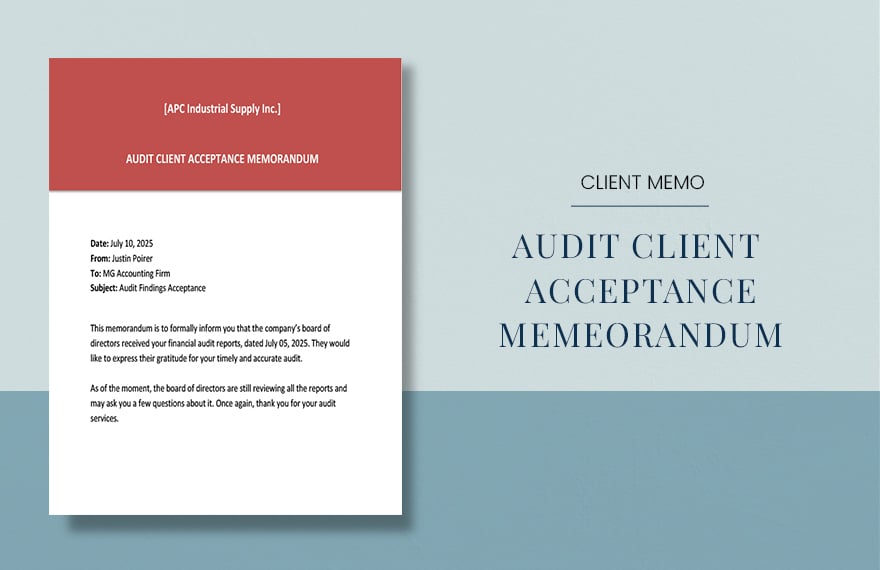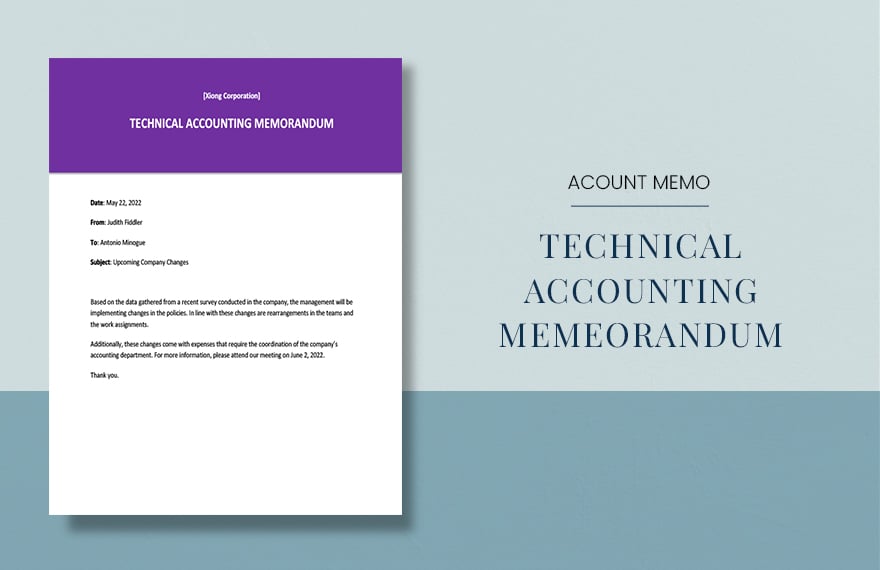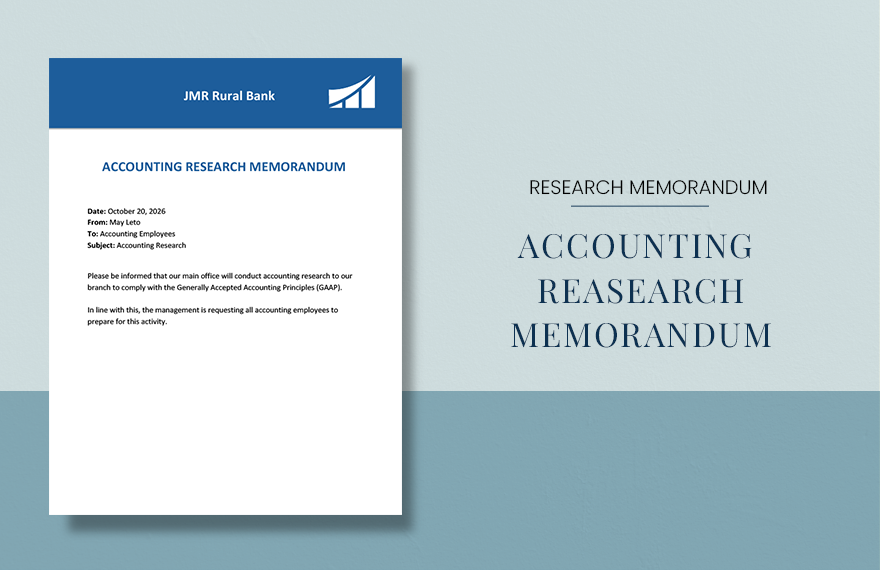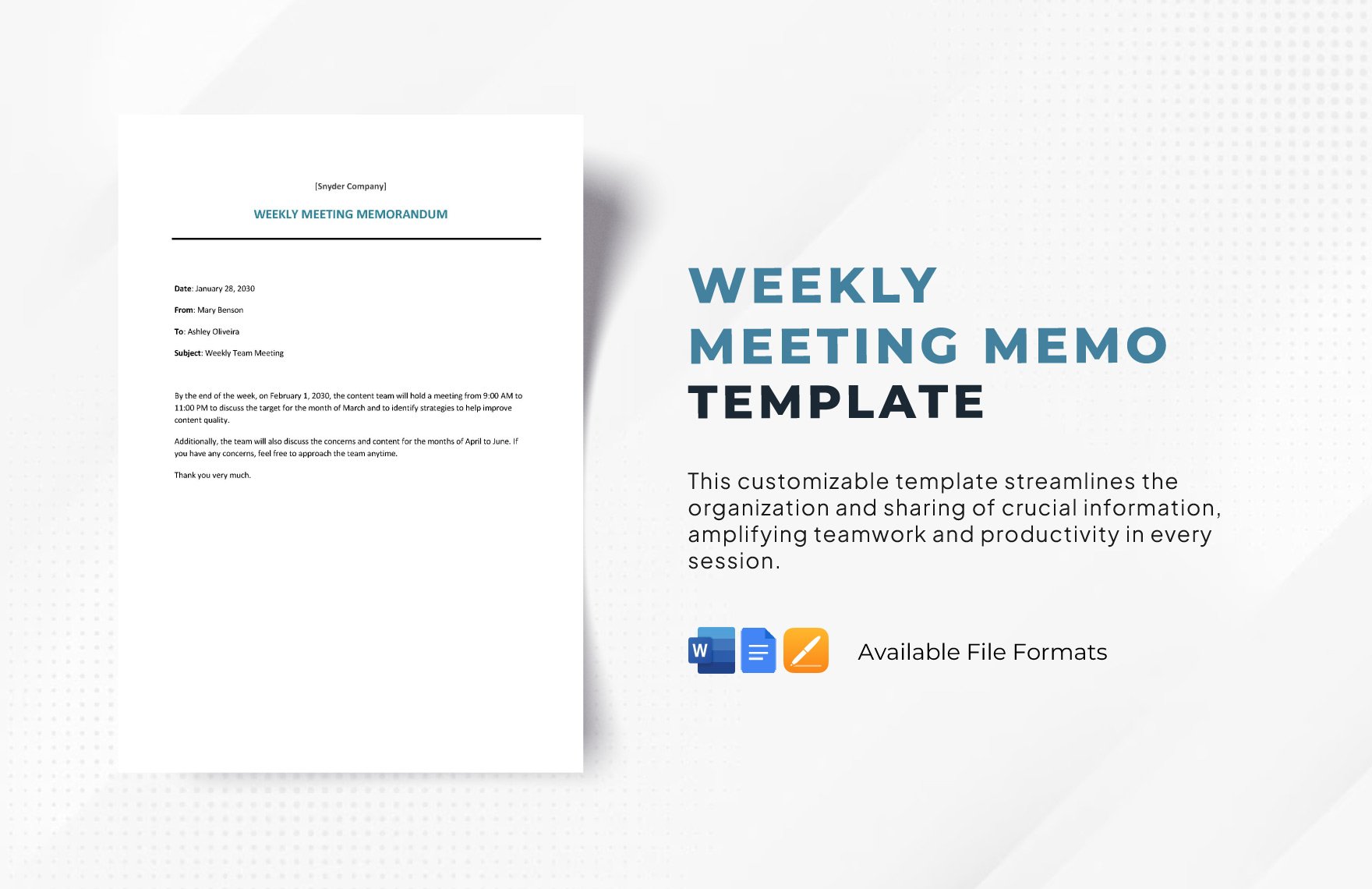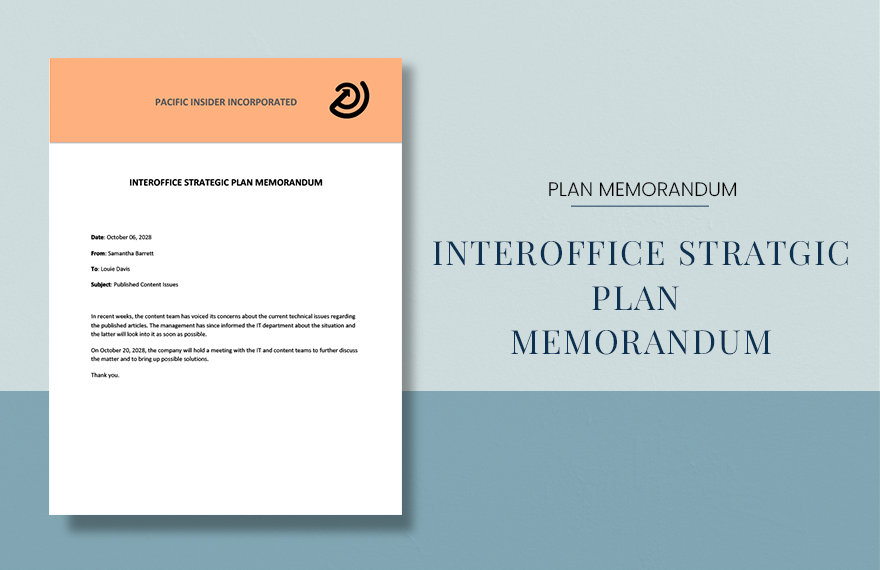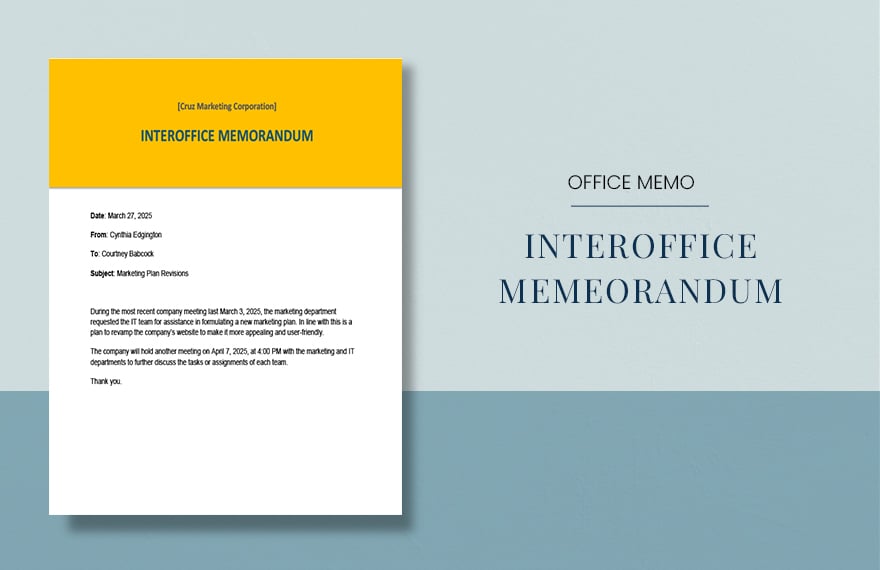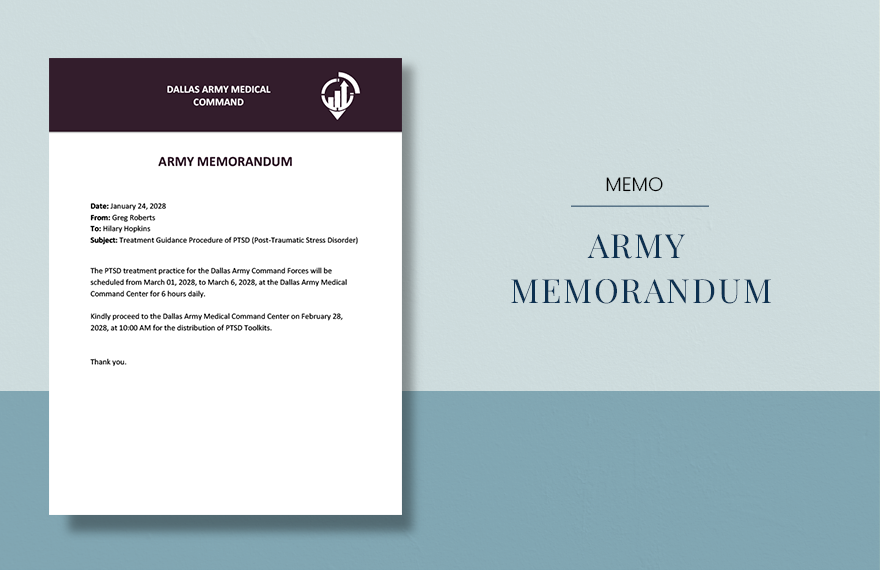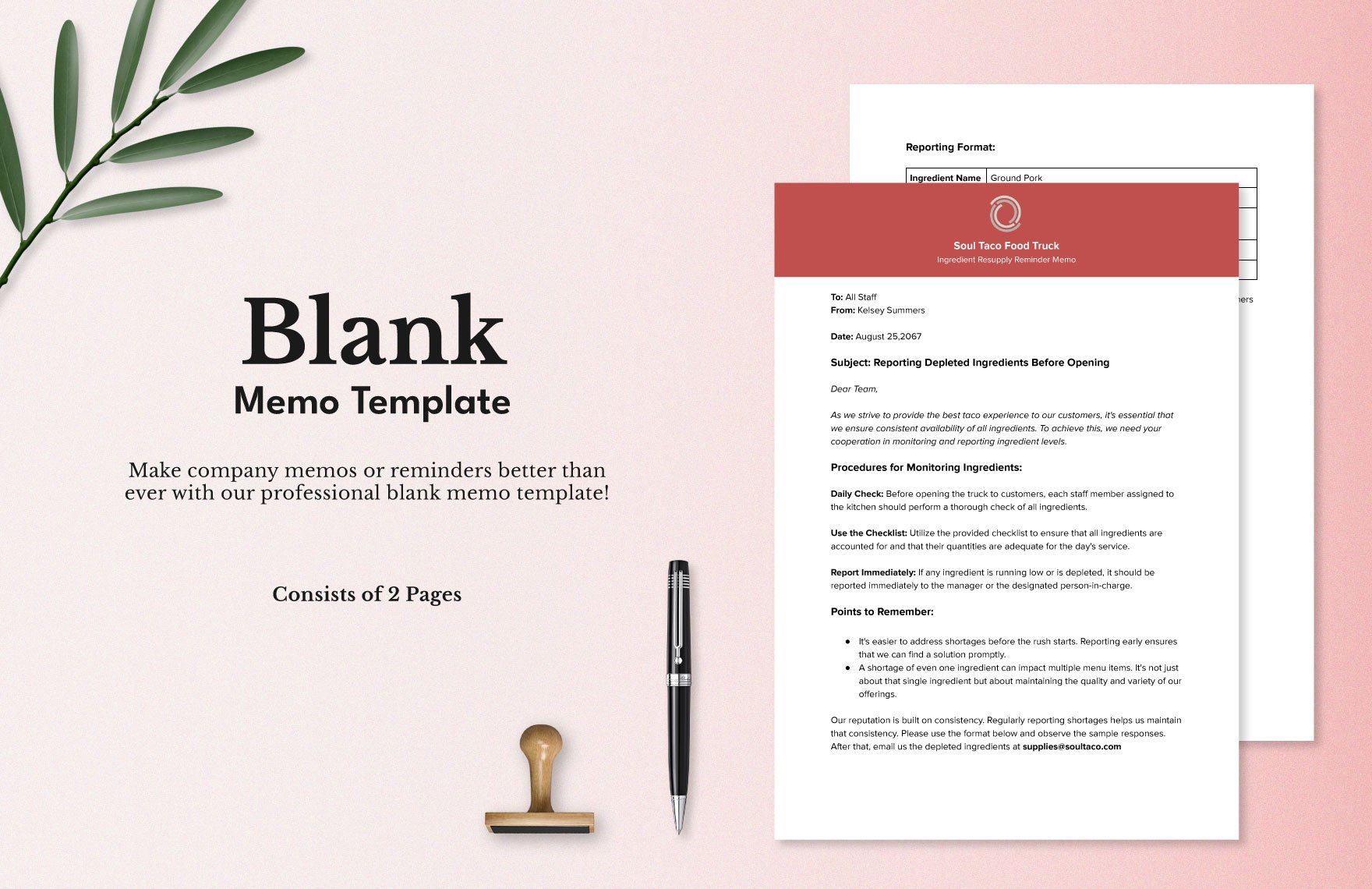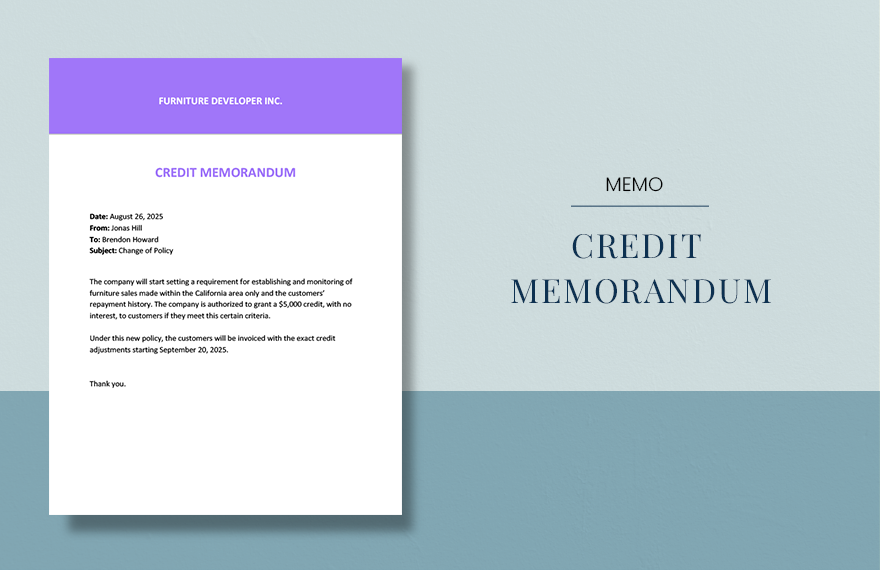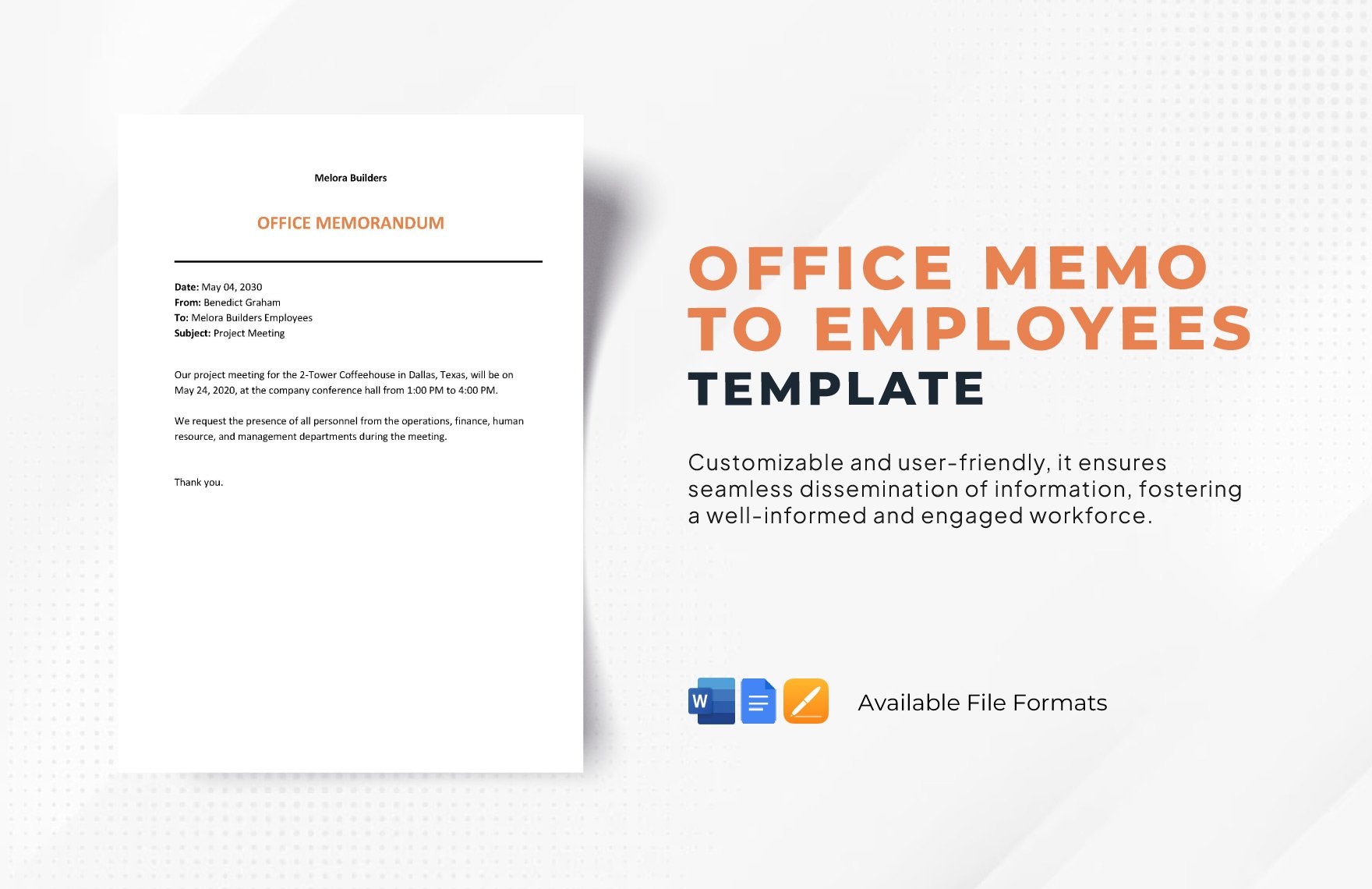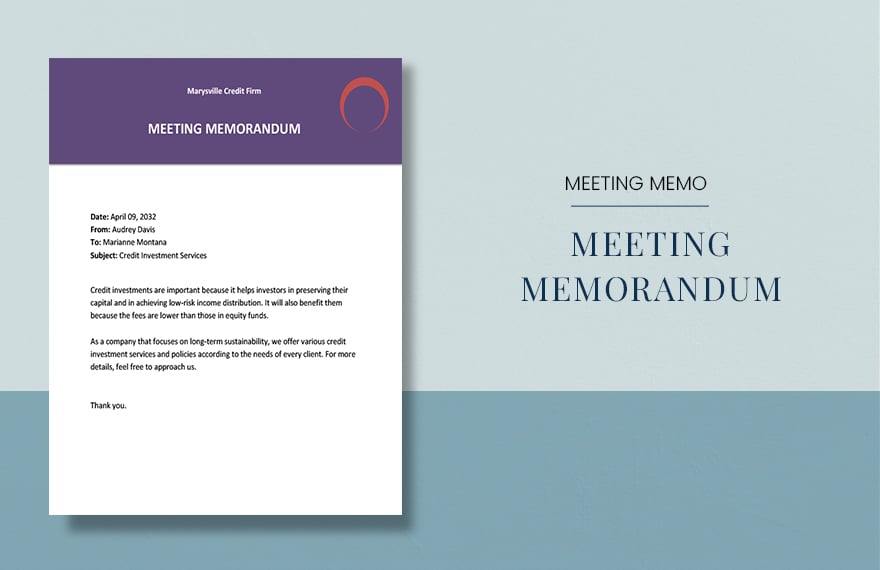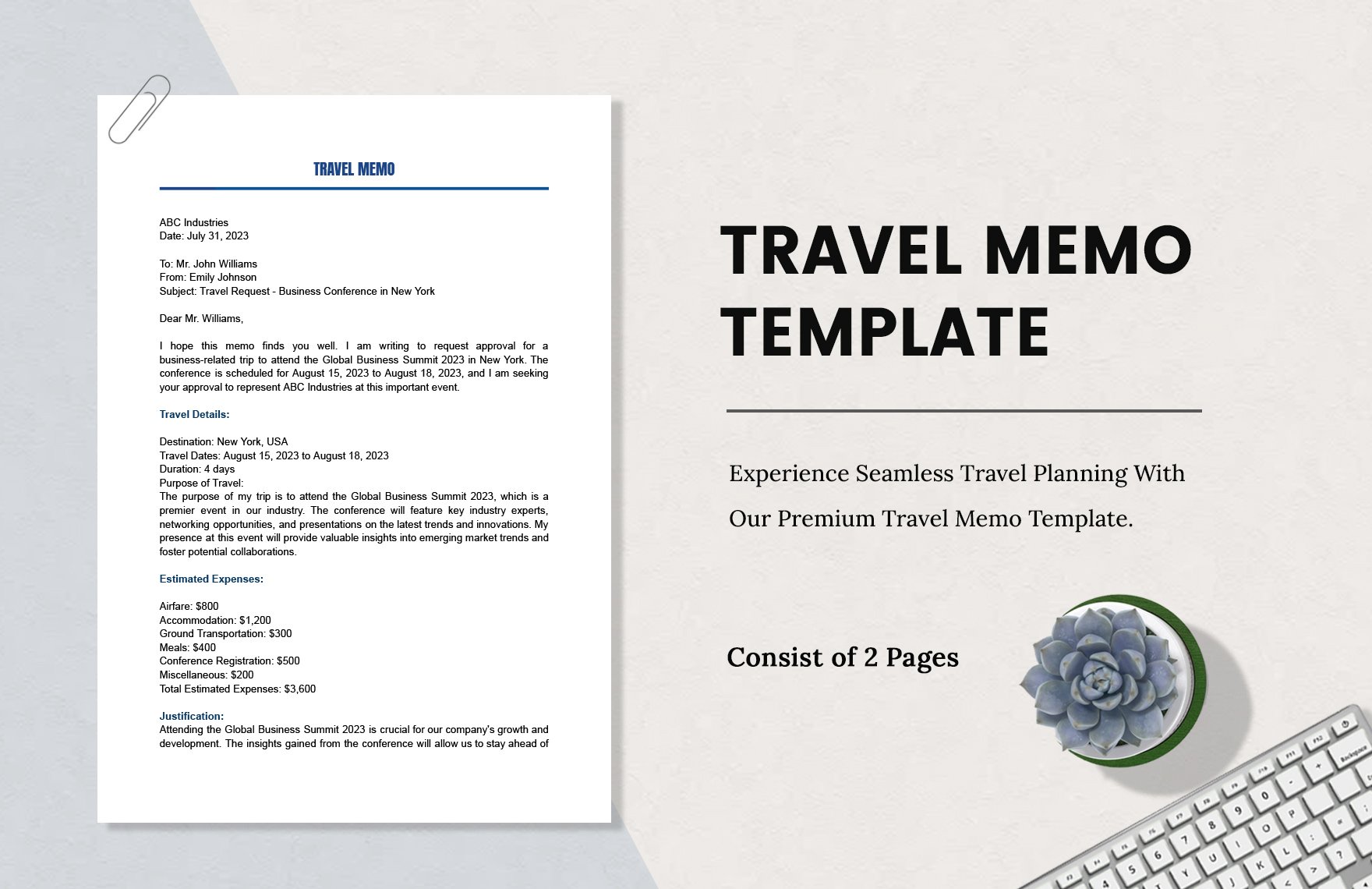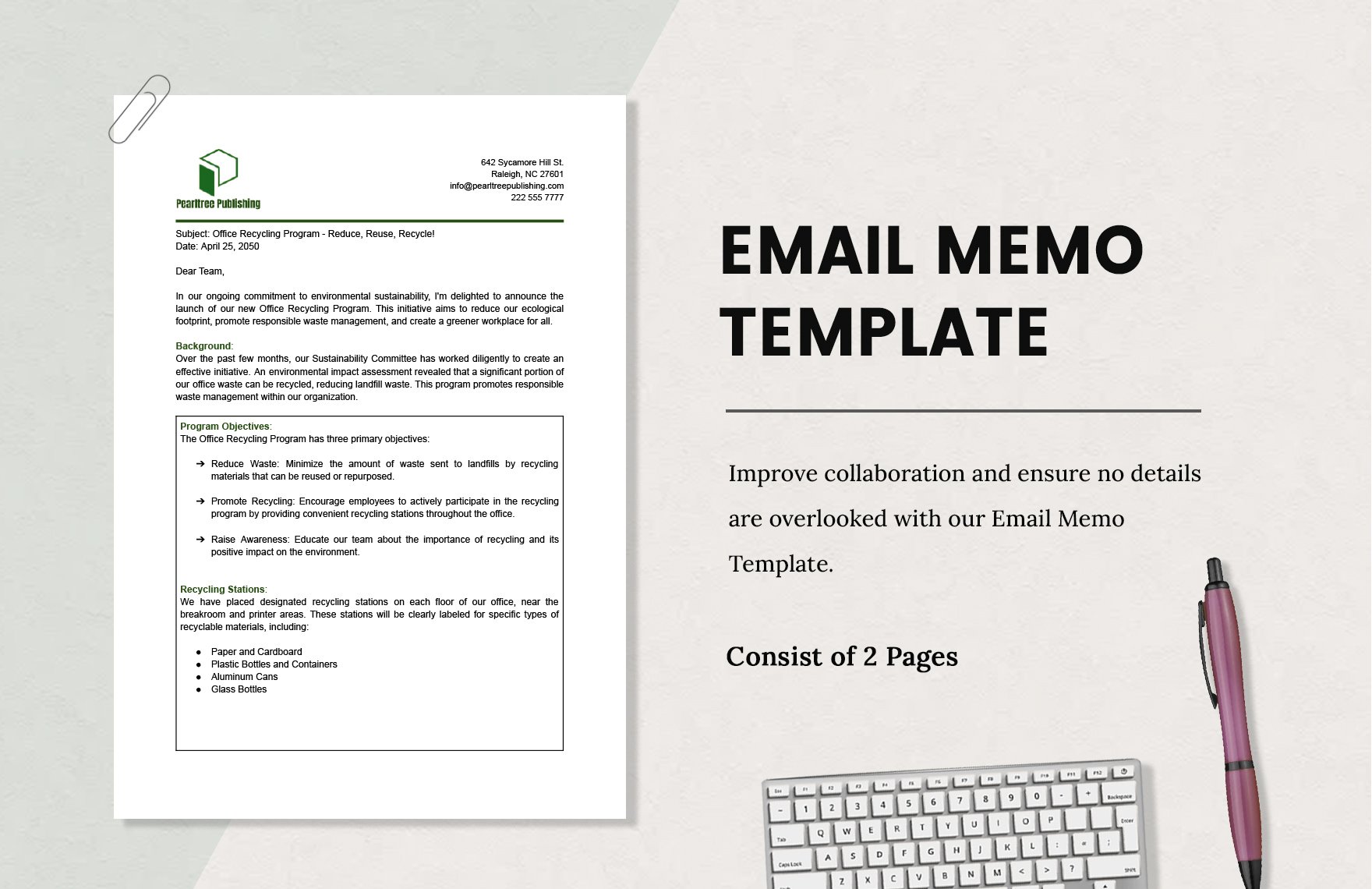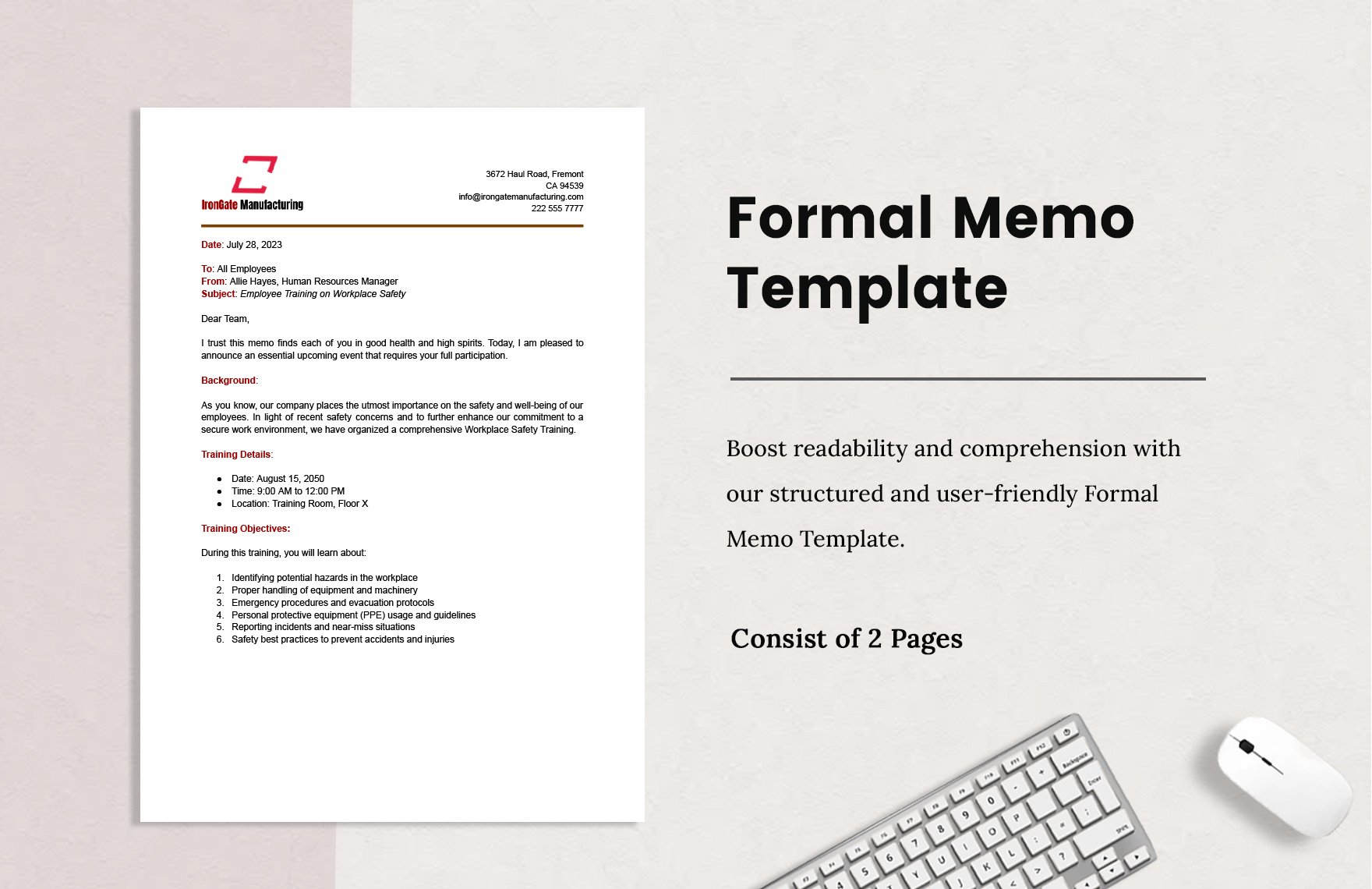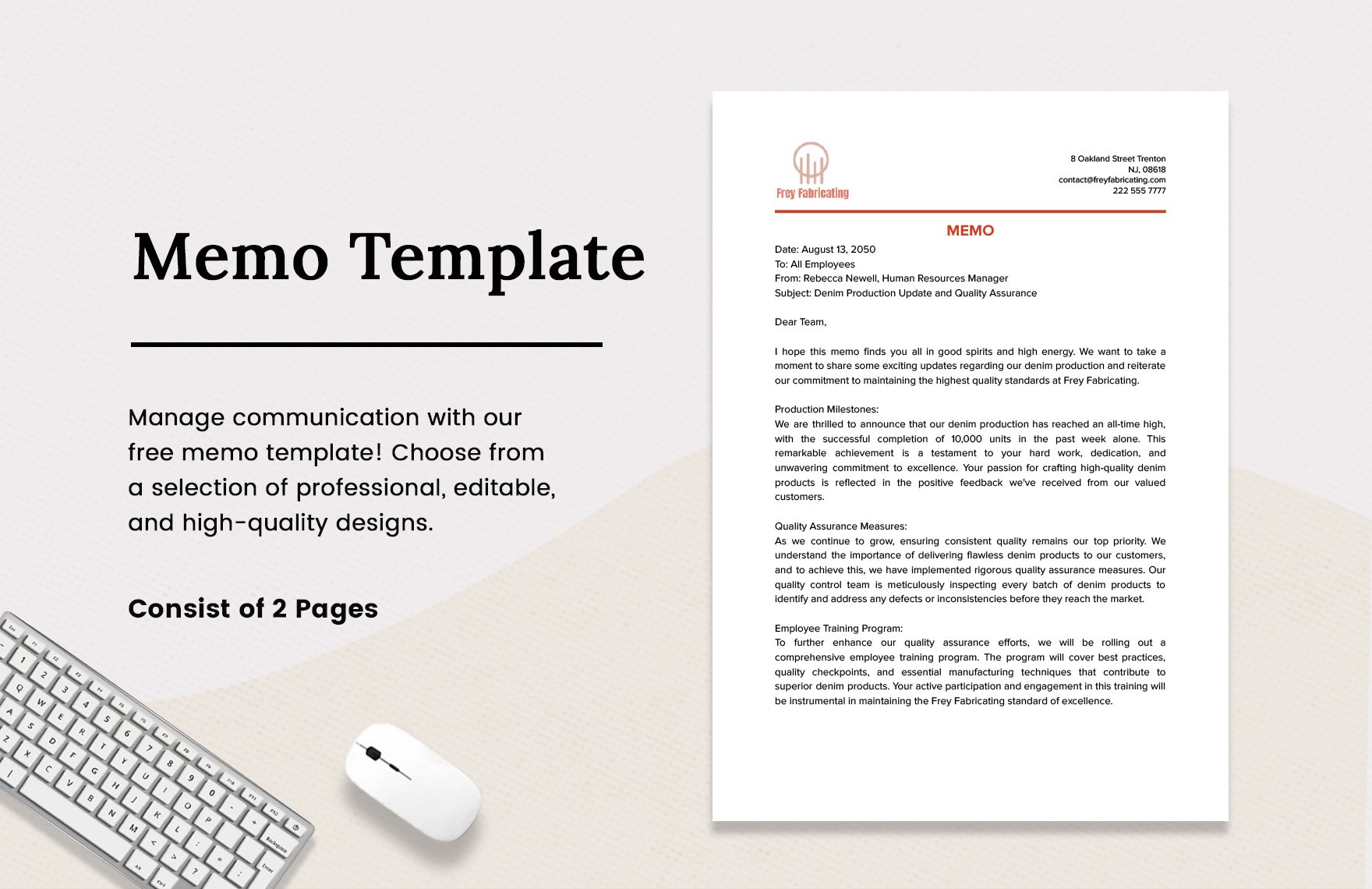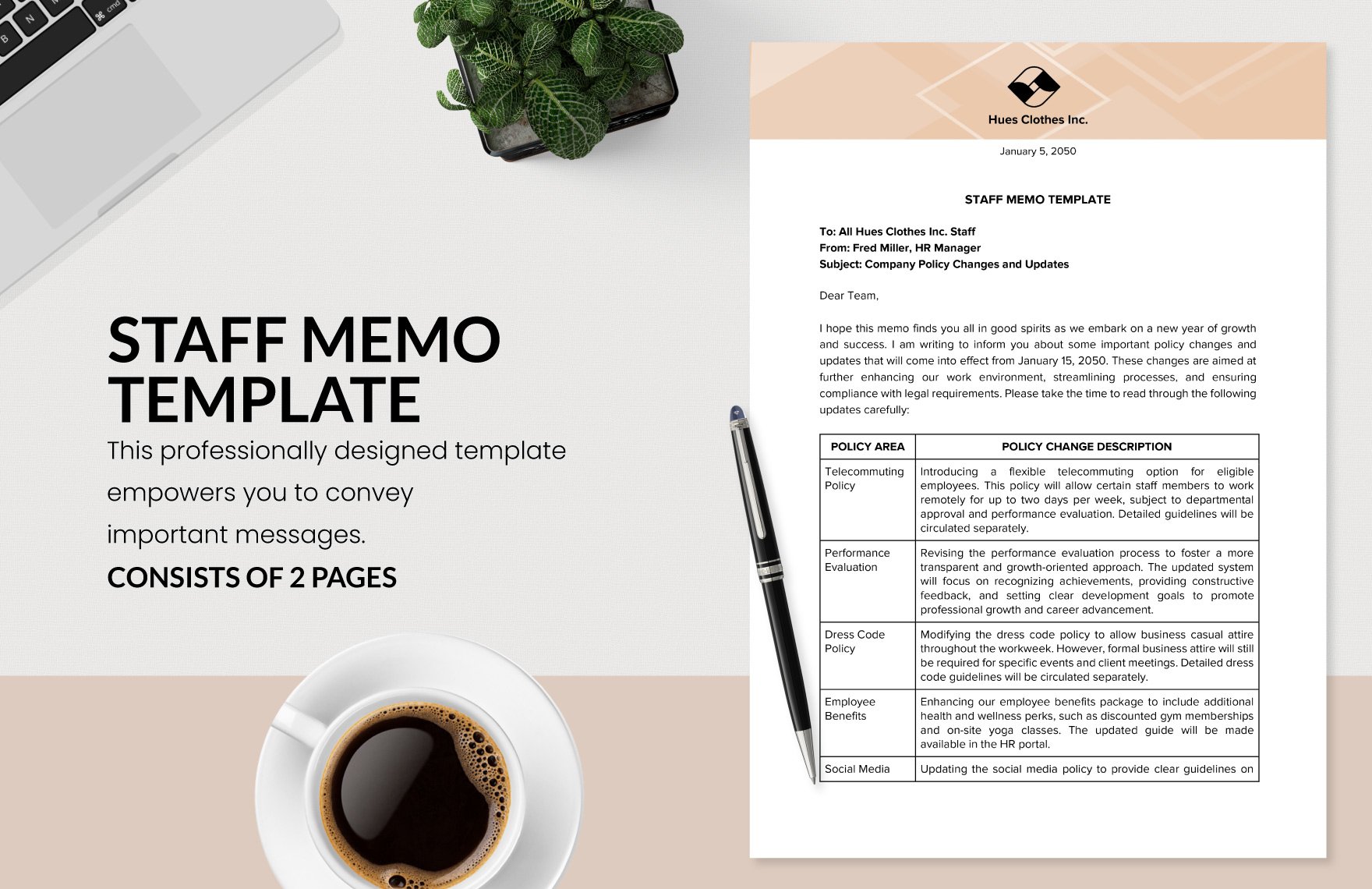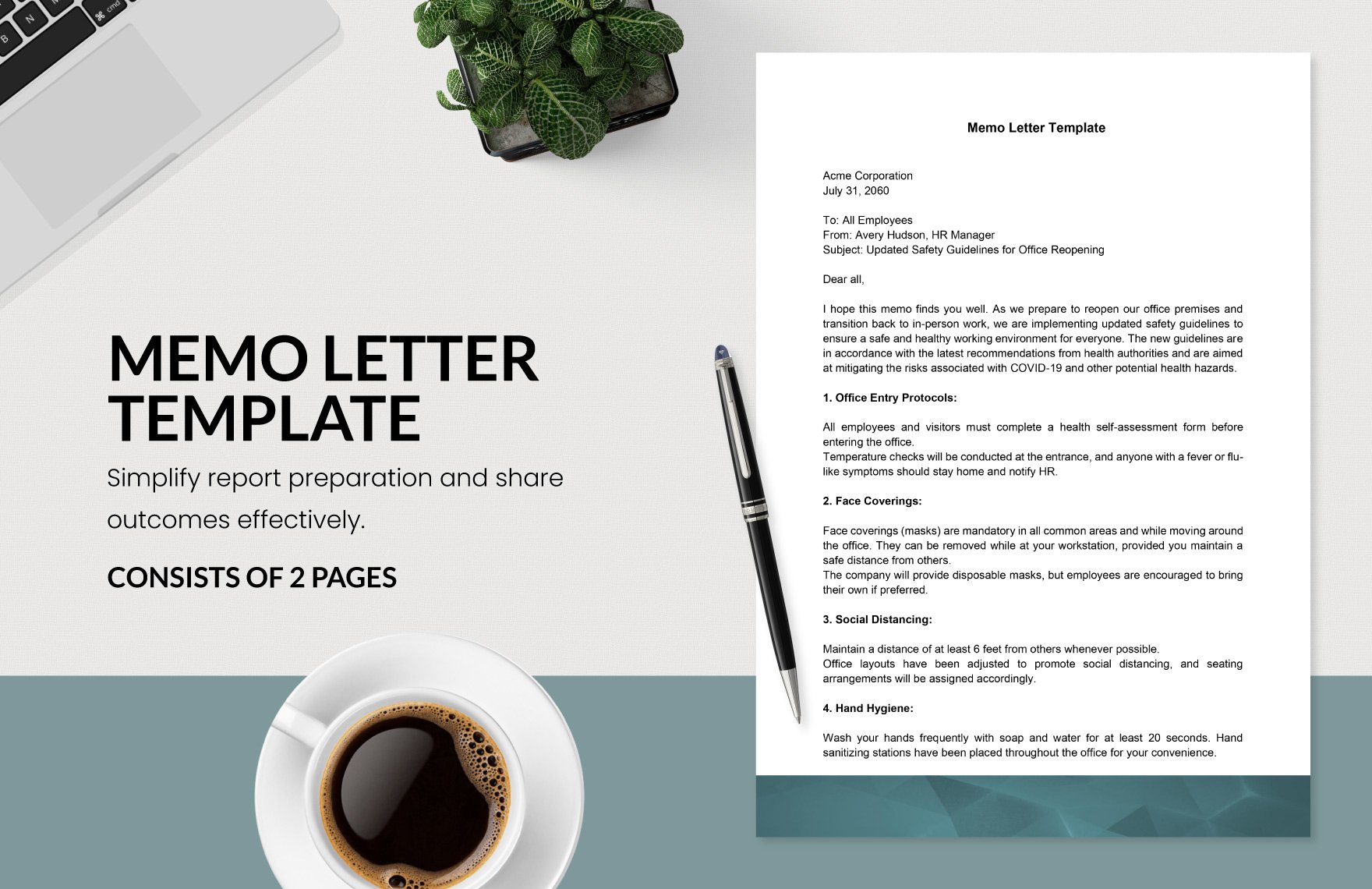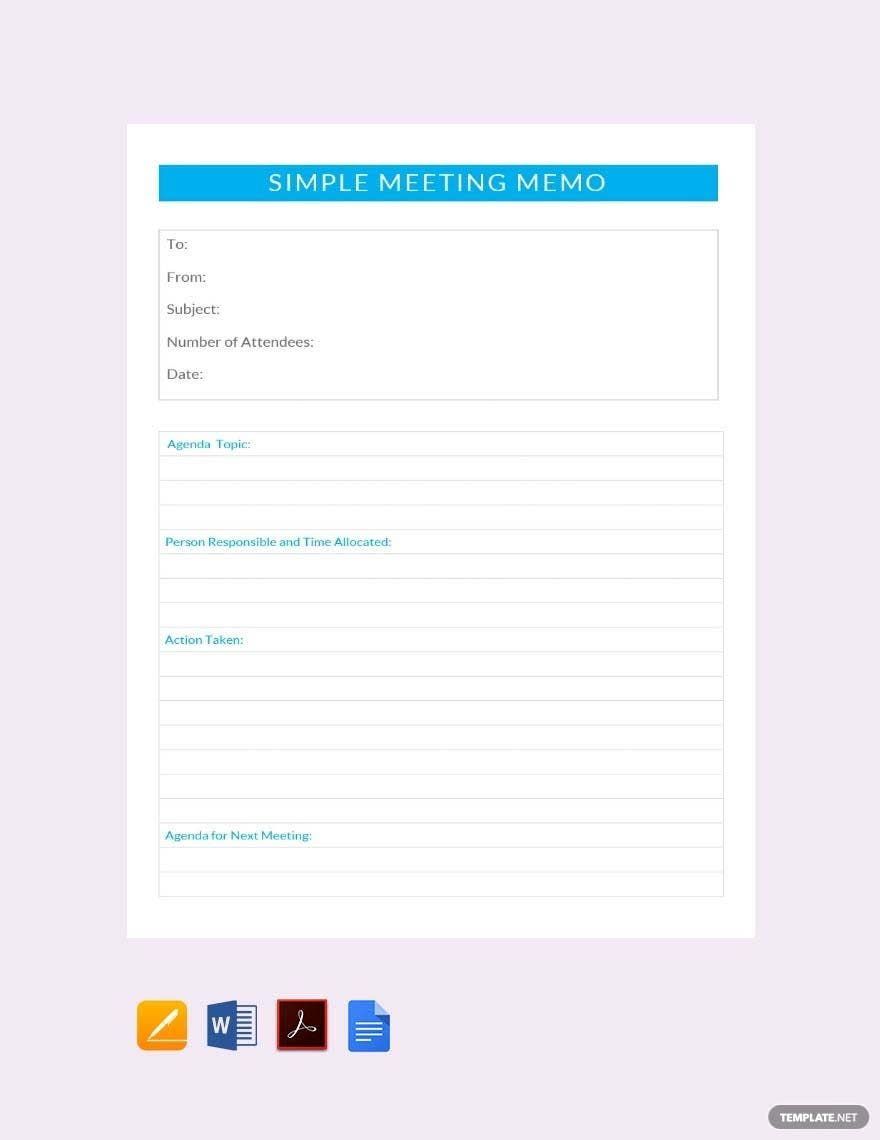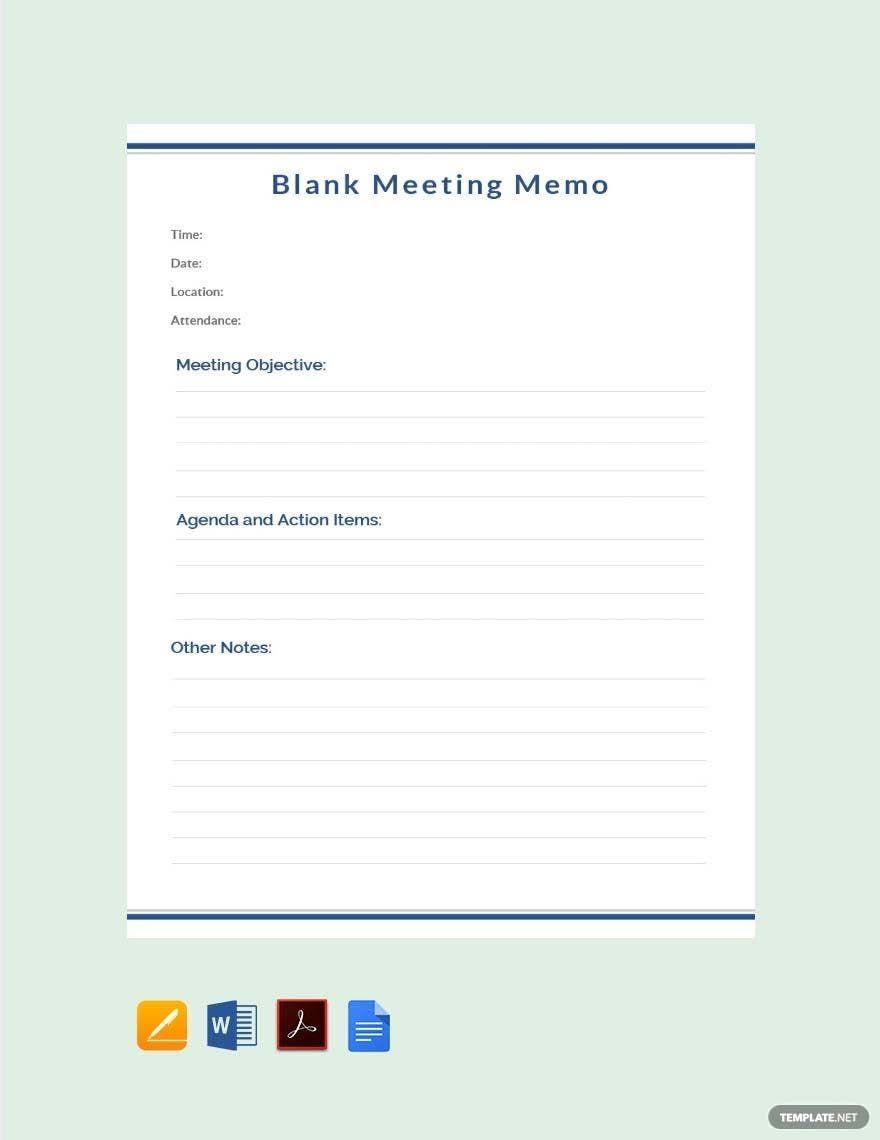Communication is an integral part in all business transactions. Good communication exchange doesn't have be verbal at all times. It can also be in written form, just like in a memorandum or memo. Do you want to promote a good flow of interoffice communication? If yes, then you'll need all the high-quality printable memo templates from Template.Net PRO. With our 100% customizable, highly editable, and professionally written memo templates, you can send office announcements and instructions in a much faster pace. Get access to these printable templates now though Google Docs, MS Word, and Apple Pages. Download your printable memo template today and sign up in our amazing subscription plan for more worthy offers and deals.
What is a Memo?
A memo, a short term for a memorandum, is a written message used for interoffice communication. It contains a brief message, announcement, request, report, or instruction from one person or department in a company to another. Writing memos bring the attention on how to discuss and solve company problems. Memos also disseminate information regarding company rules, workload, and workflow.
How to Write a Printable Office Memo
Memos are simple documents that are written in a straightforward manner. The main point of writing one is to convey official business communication as efficiently as possible. If you want to write and send an effective memo, you should read through different online and offline resources, or you can simply download printable memo templates from this site. Scroll through the important key points below and remember them once you start making your own memo from scratch.
1. Arrange the Memo Format and Layout
As mentioned beforehand, memos are simple and straightforward documents used to convey messages. The layout of a memo is simple. The top of the document must contain the company or business logo along with other basic information, however, this is an optional approach. Moreover, start the layout format by writing "memo" at the top, followed by a to line, a from line, a date line, a subject line, and the body of the message.
2. Fill in the Necessary Information
After you have arranged the overall format of the memo, you have to fill in and write the information needed. Address the names of the recipients and their company designations. Indicate the date to keep track of all the legal documents that you are writing for the day. Also use easy-to-read fonts such as Times New Roman or Arial for the text.
3. Write the Body of the Memo
When you are writing the actual body of the memo, starting with a declaration of purpose: “I am writing to inform you….” State the purpose of the memo. What are you trying to convey to your team members, employees, or office staff? Announcements and instructions are better followed and absorbed when it is stated in an official business memo. Write the message in a short and concise manner; less is more.
4. Avoid using Emotional Language
Using emotional language is a big no when writing memos because it might lead to misinterpretation and miscommunication. However, the tone of the content can change depending on the audience and the message. An example would be, if ever you want to announce a summer getaway with the whole team through a memo, you can use creative language to entice them to join and anticipate excitement. But that's not always the scenario, so you should learn how to employ the correct tone and language whenever you are writing one.
5. Review the Content, Print, and Send
Proofreading is really an essential requirement when writing any formal or informal documents and design projects. The content and the layout of the memo must be reviewed to verify and straighten out all the statements. Print it afterwards and route it to the recipient.
